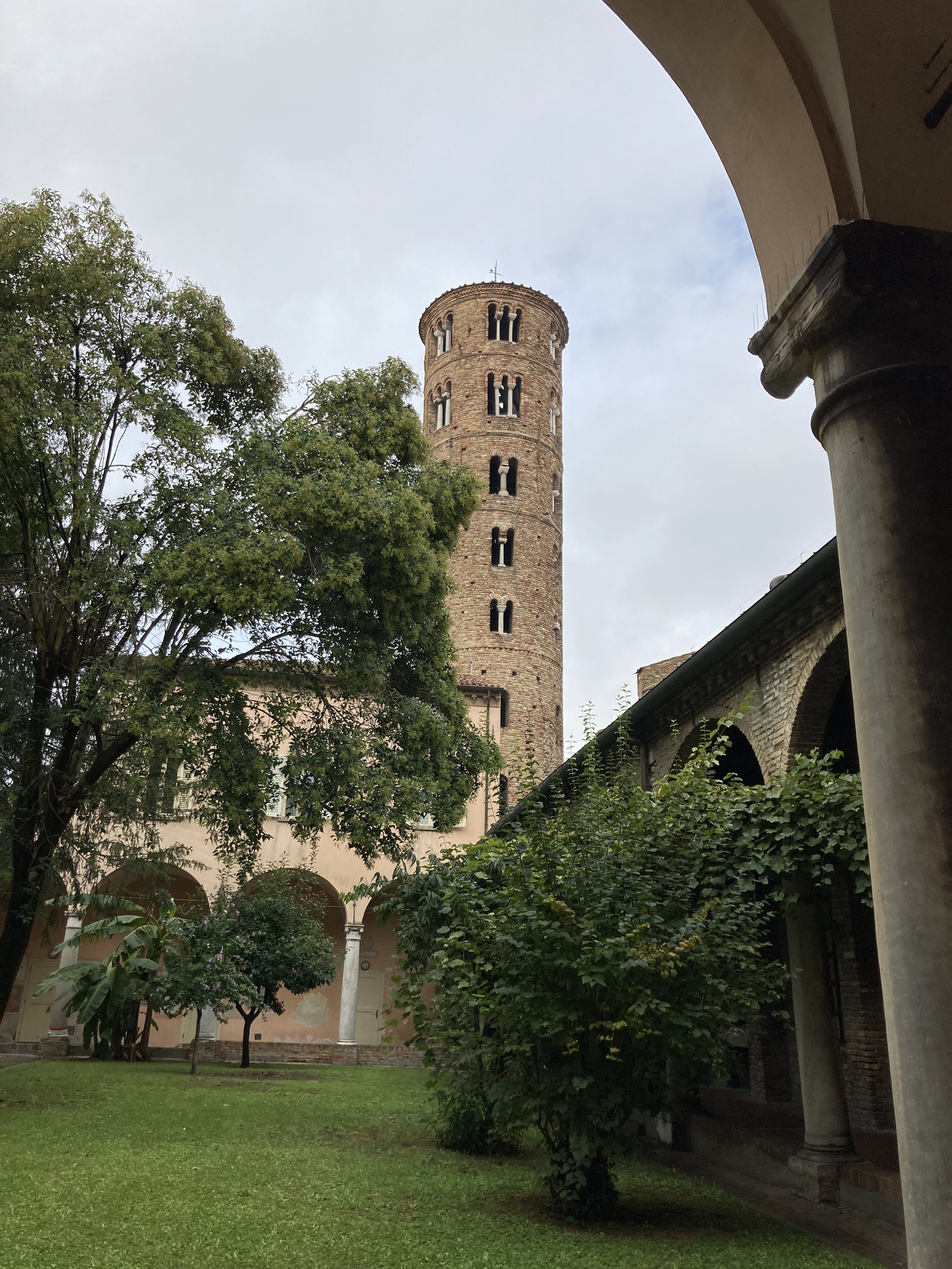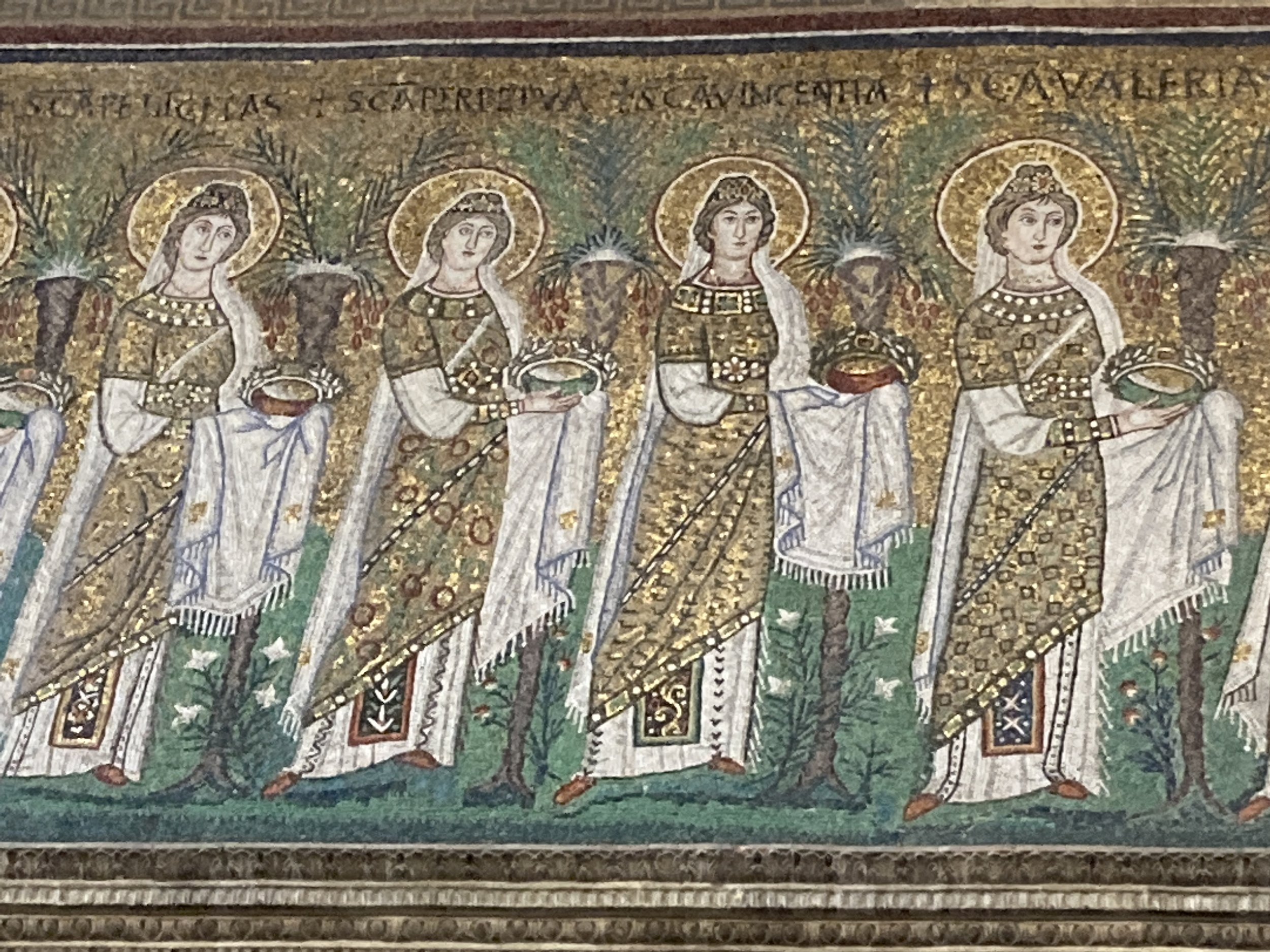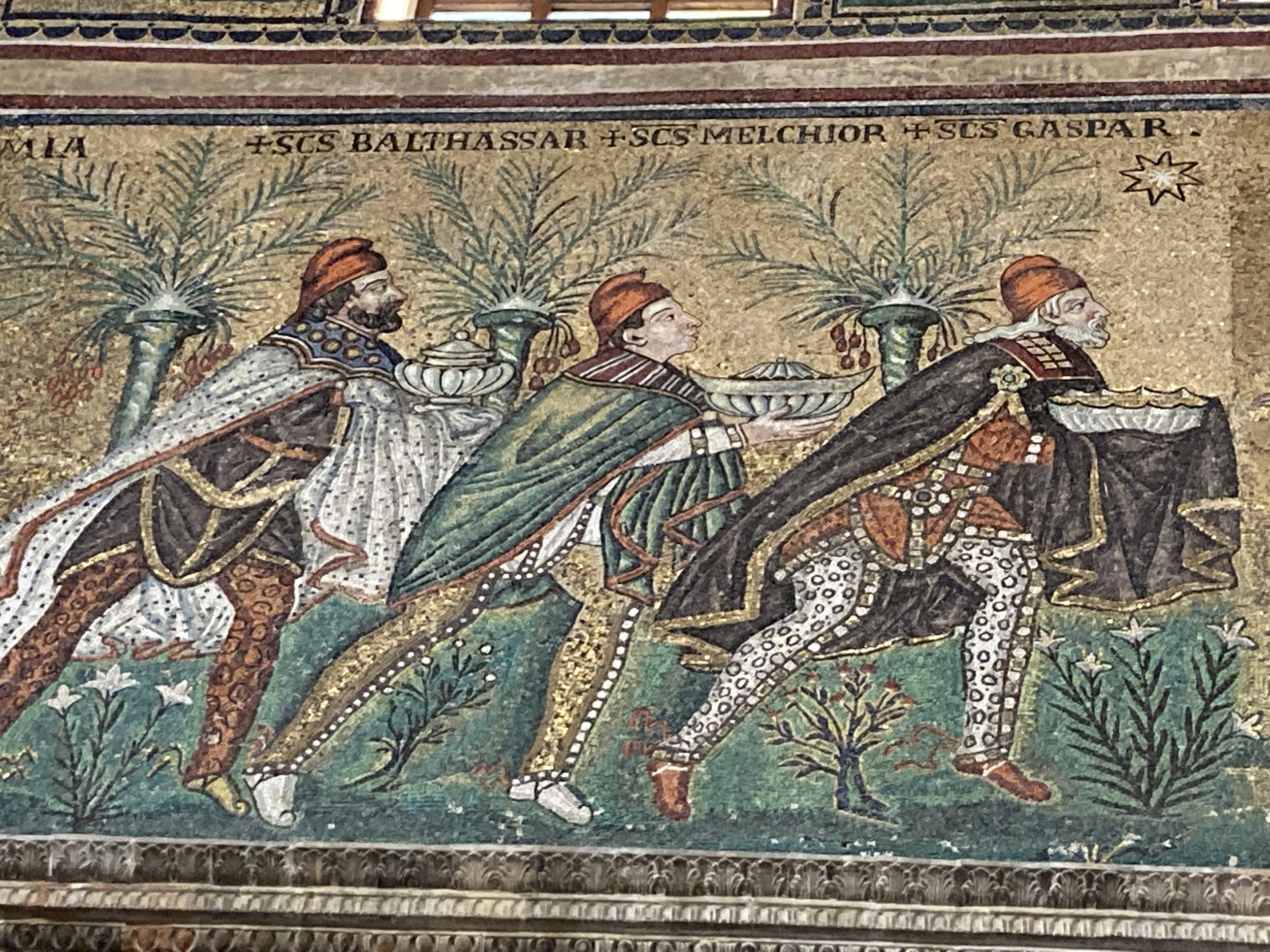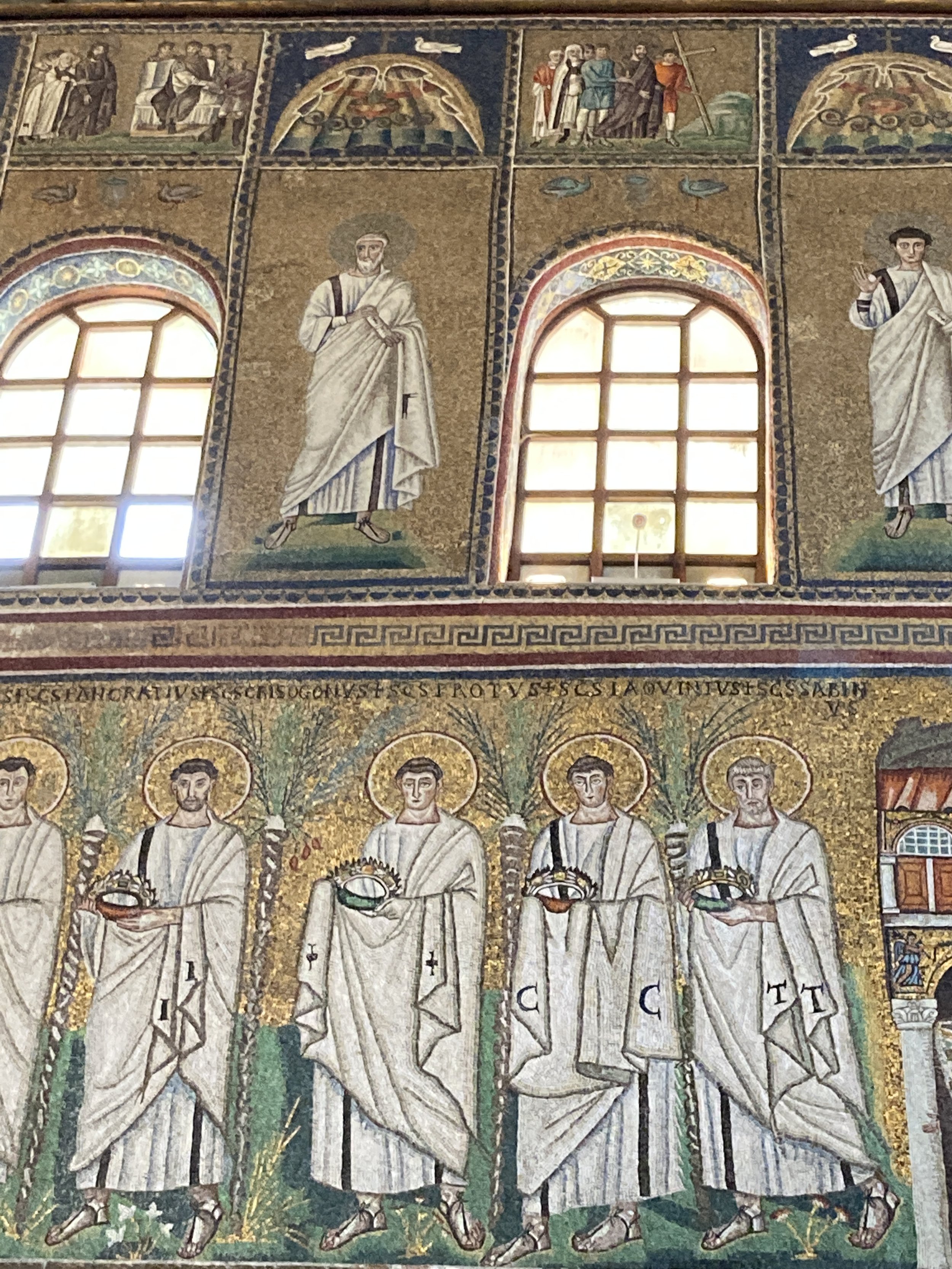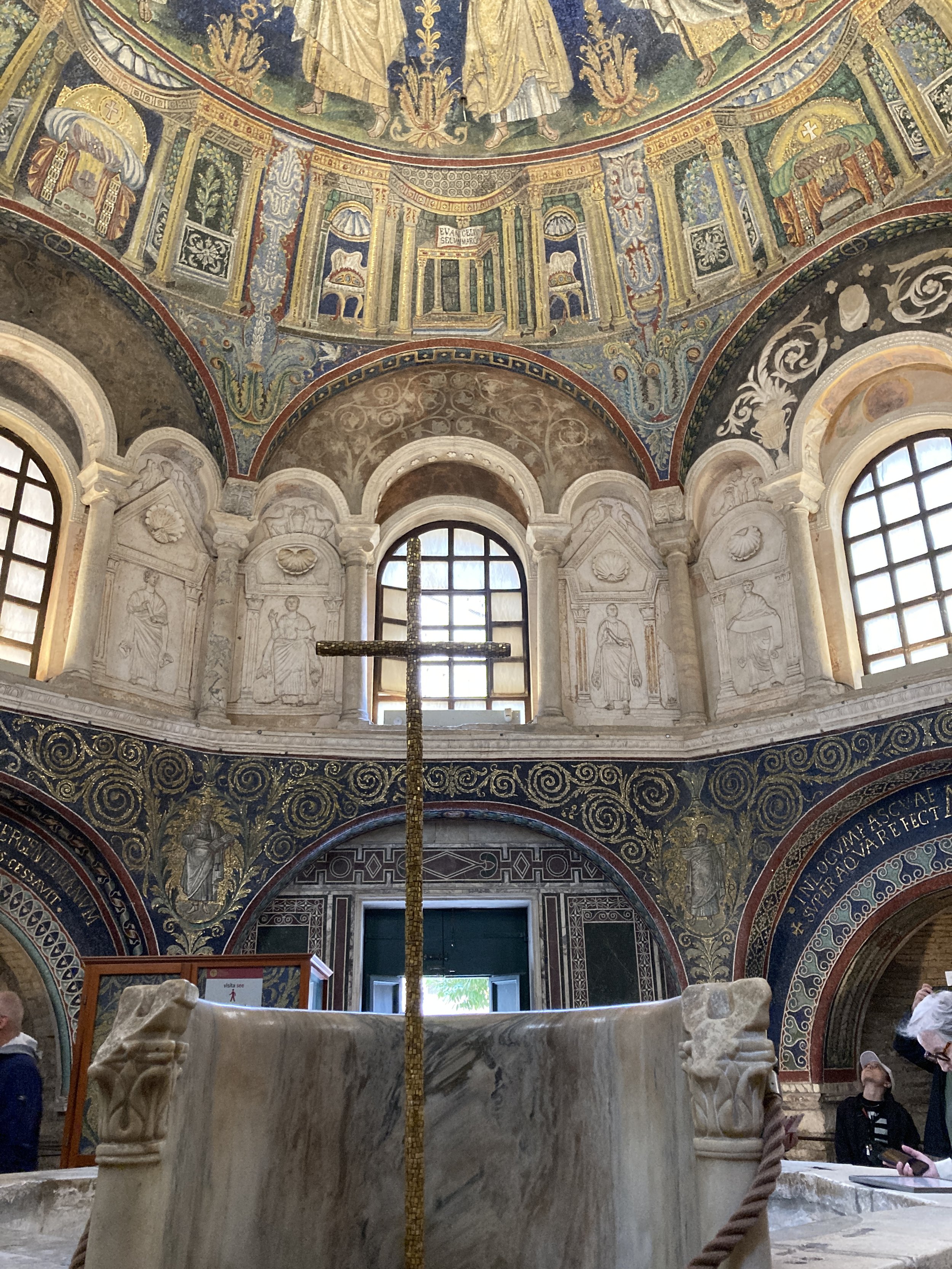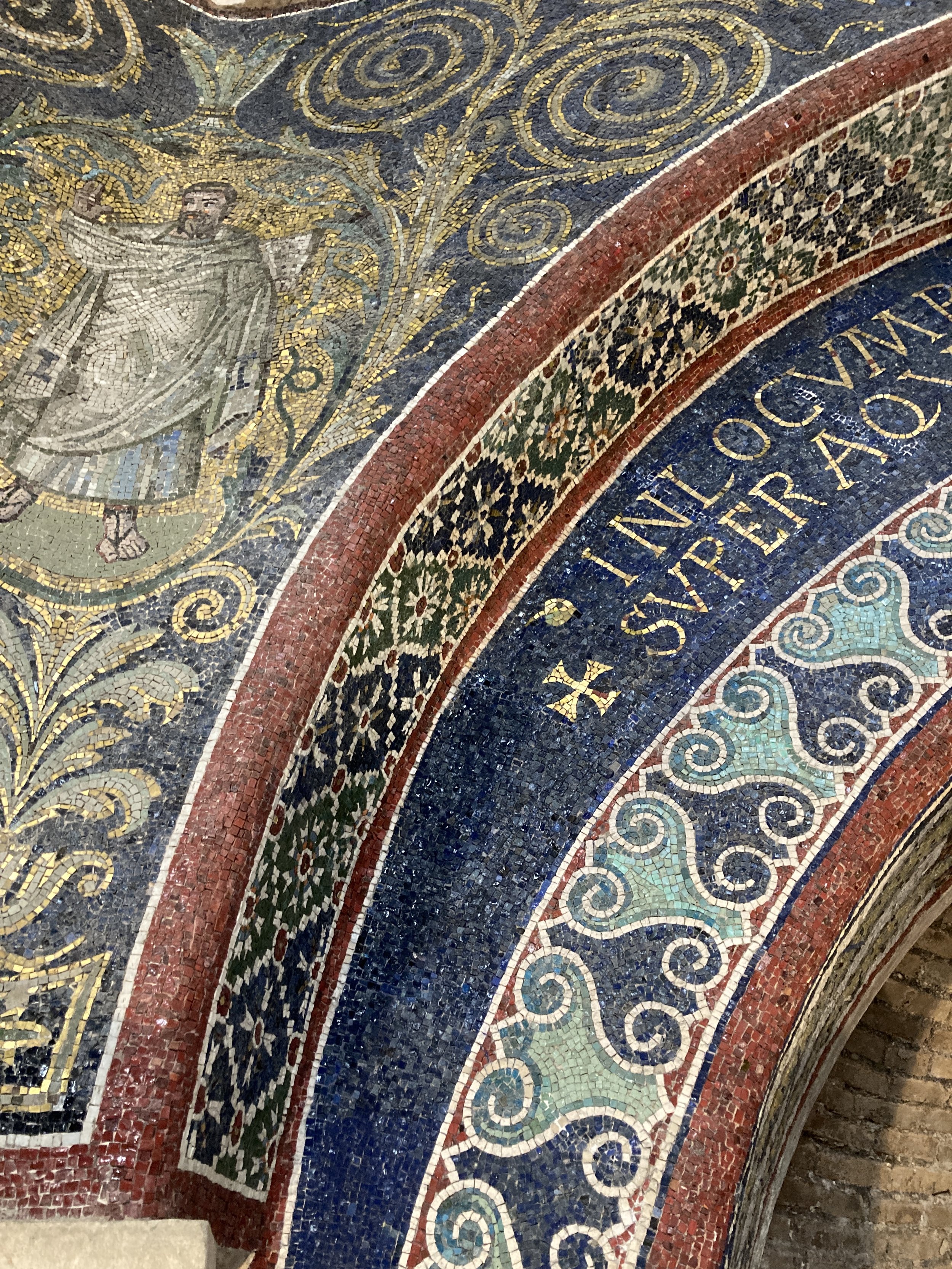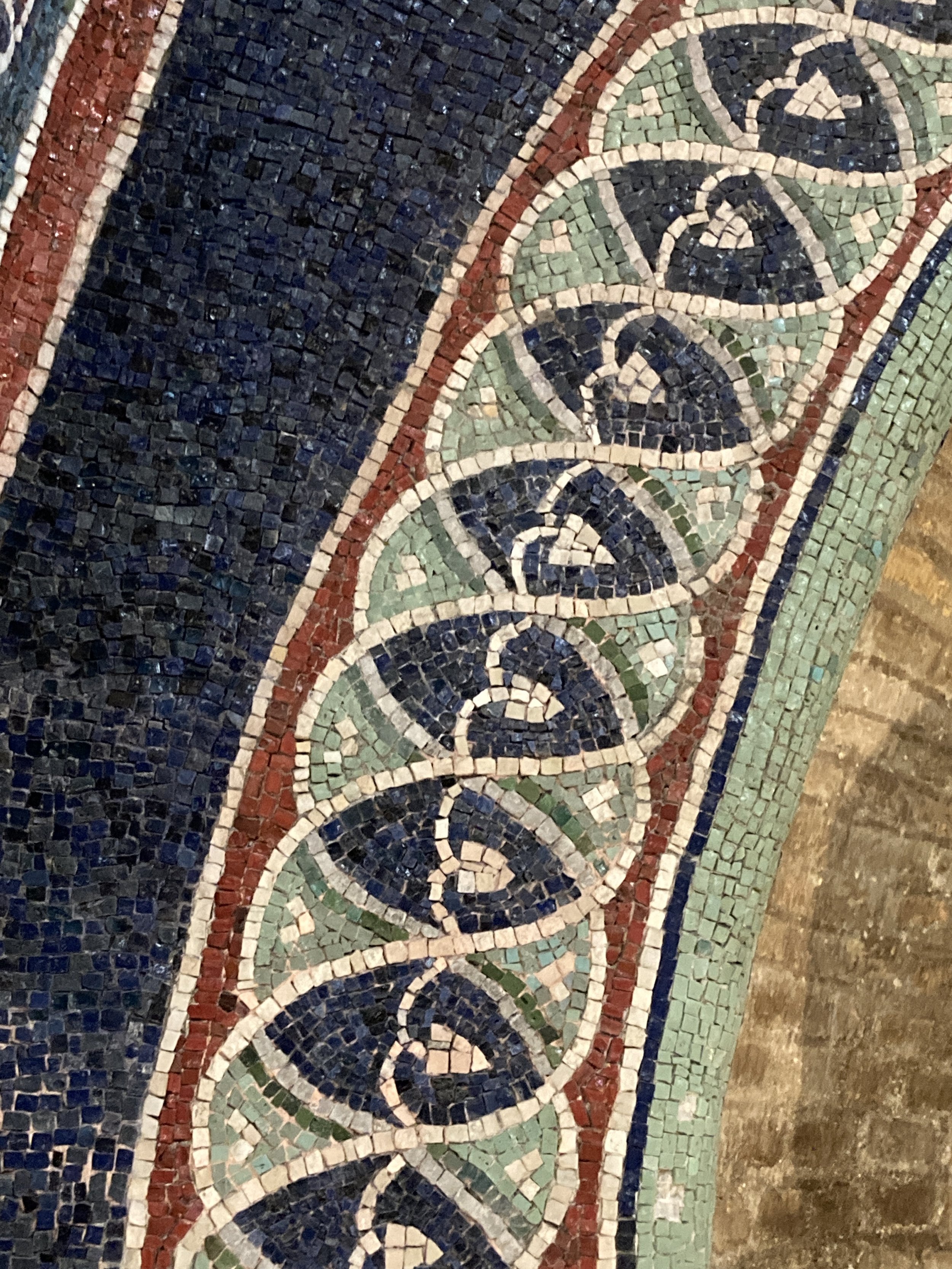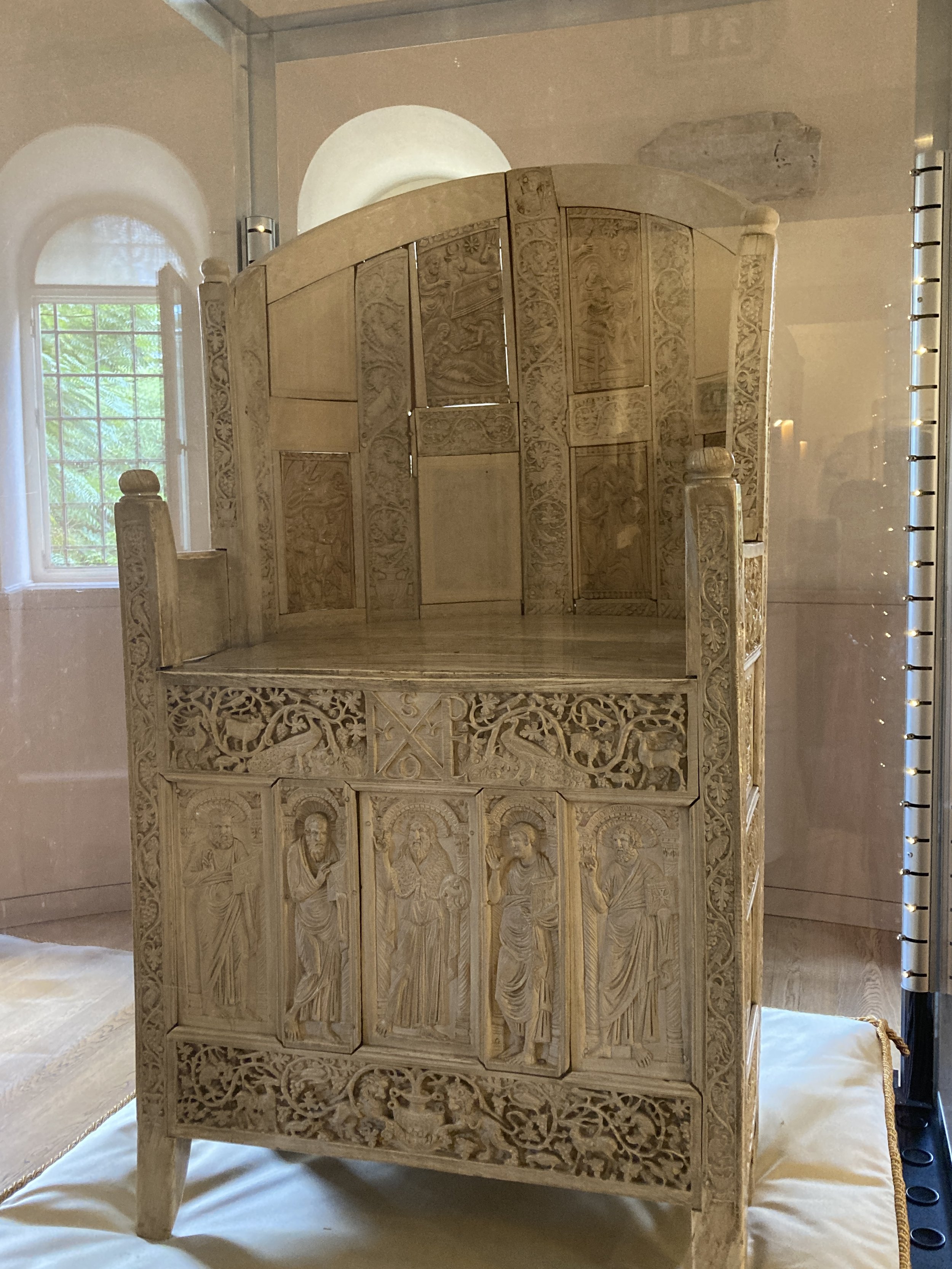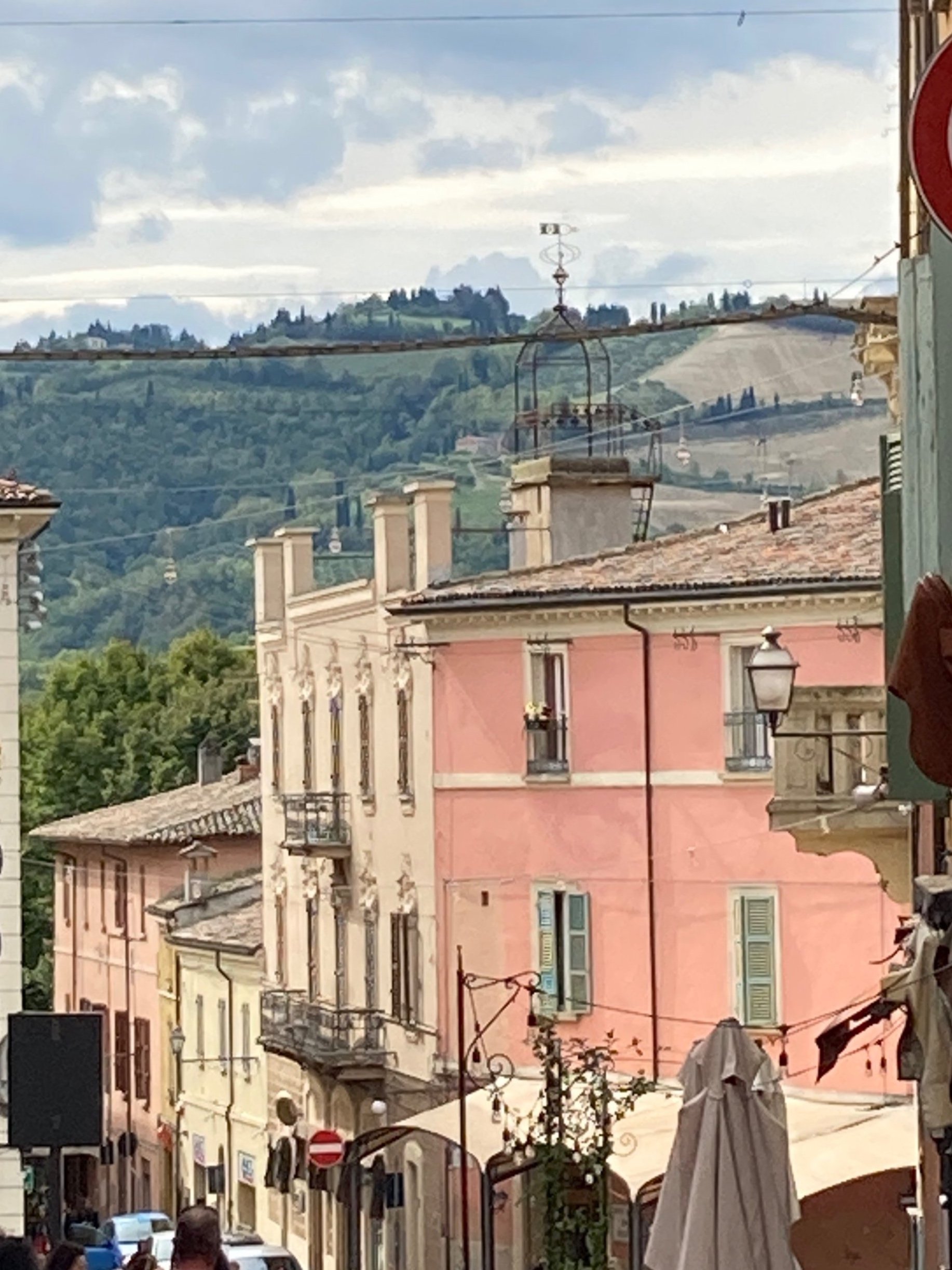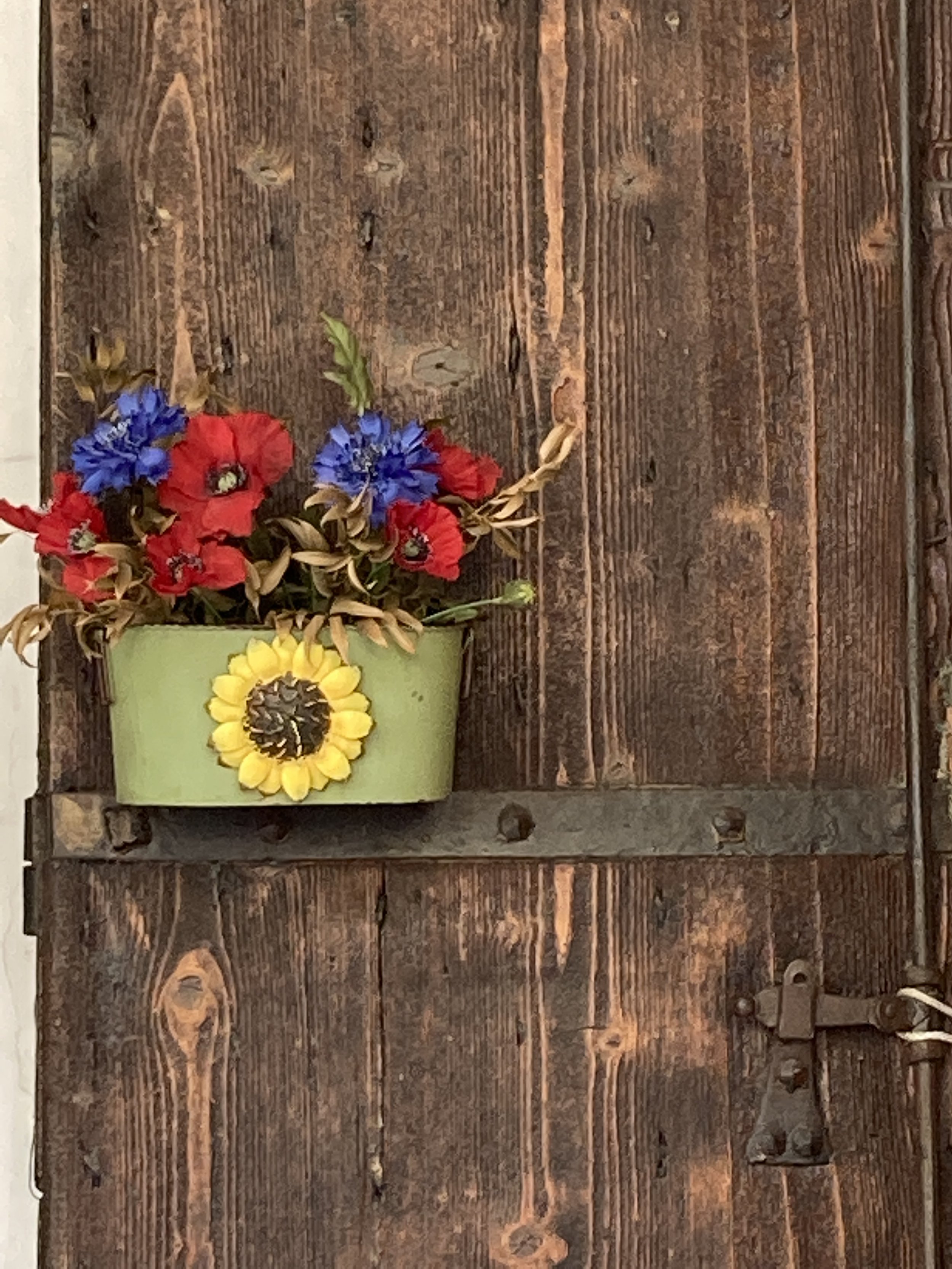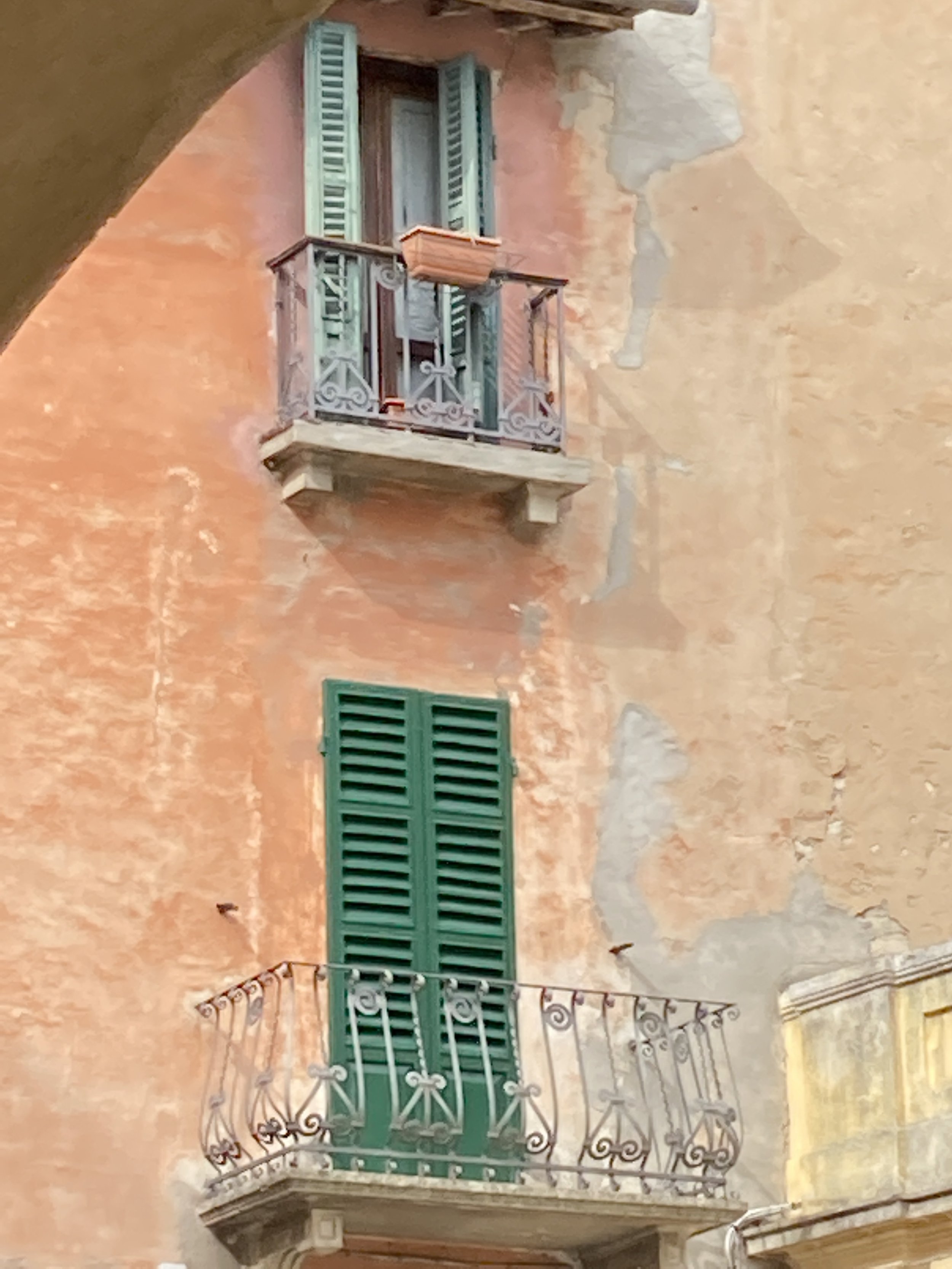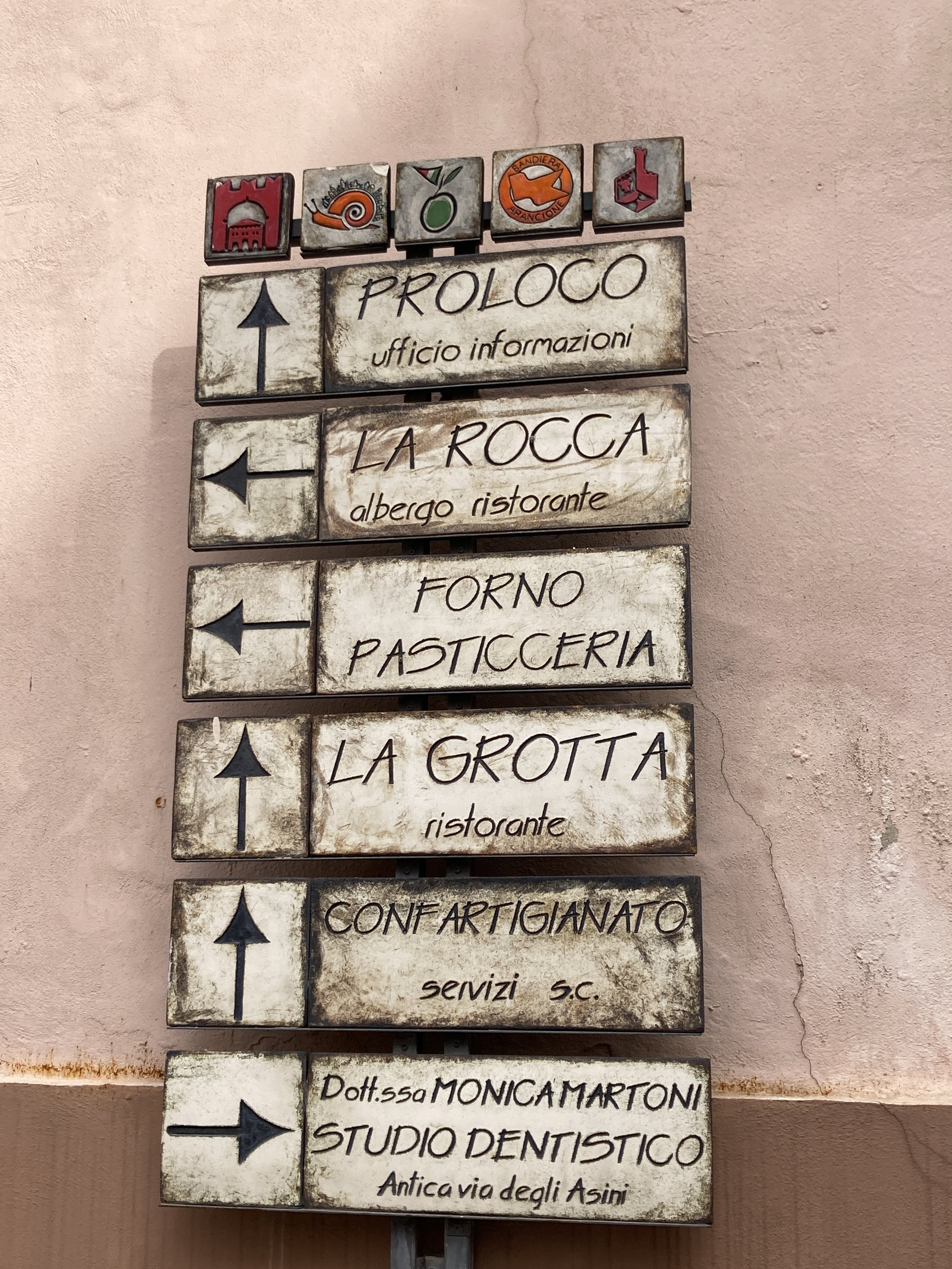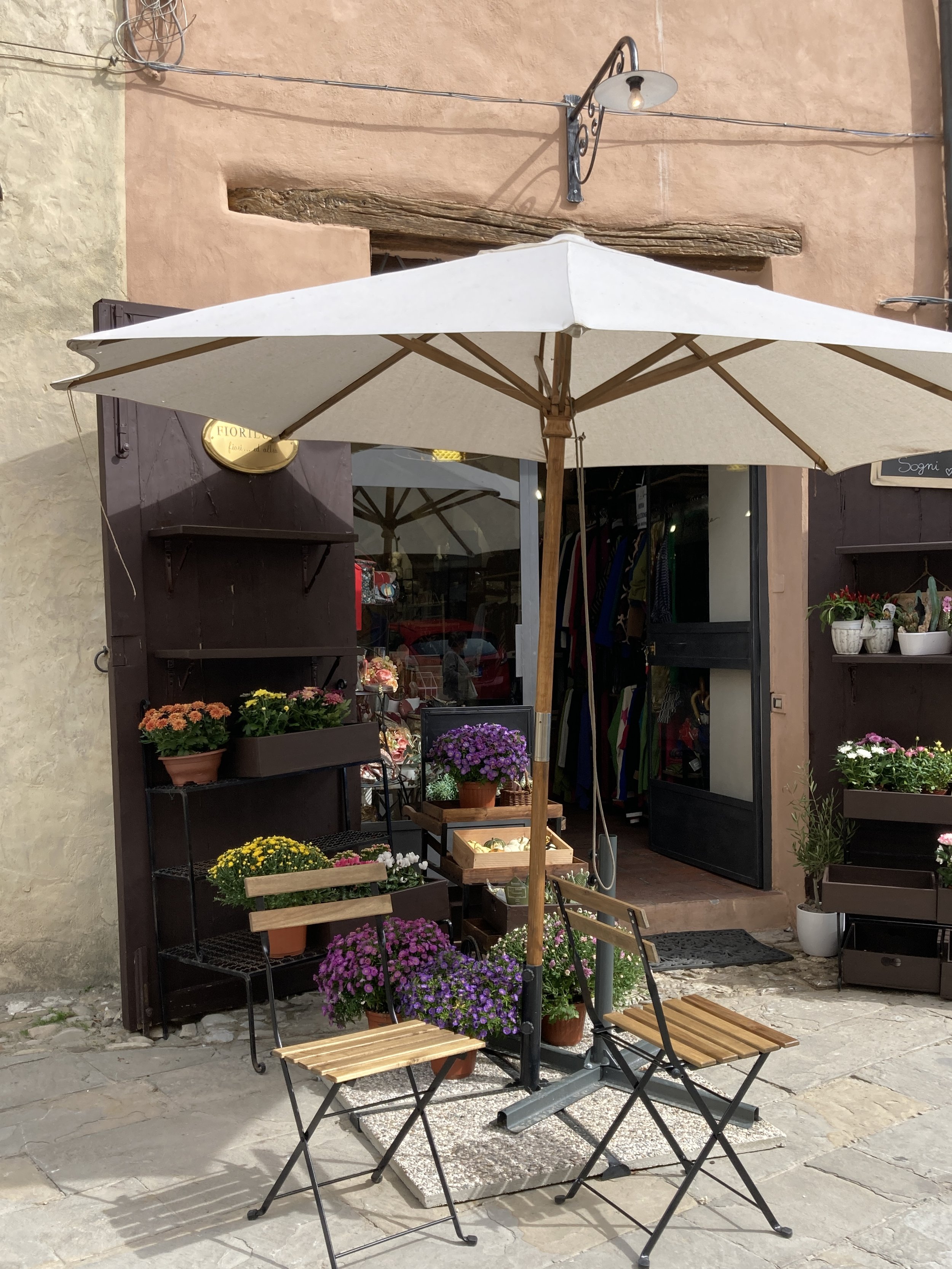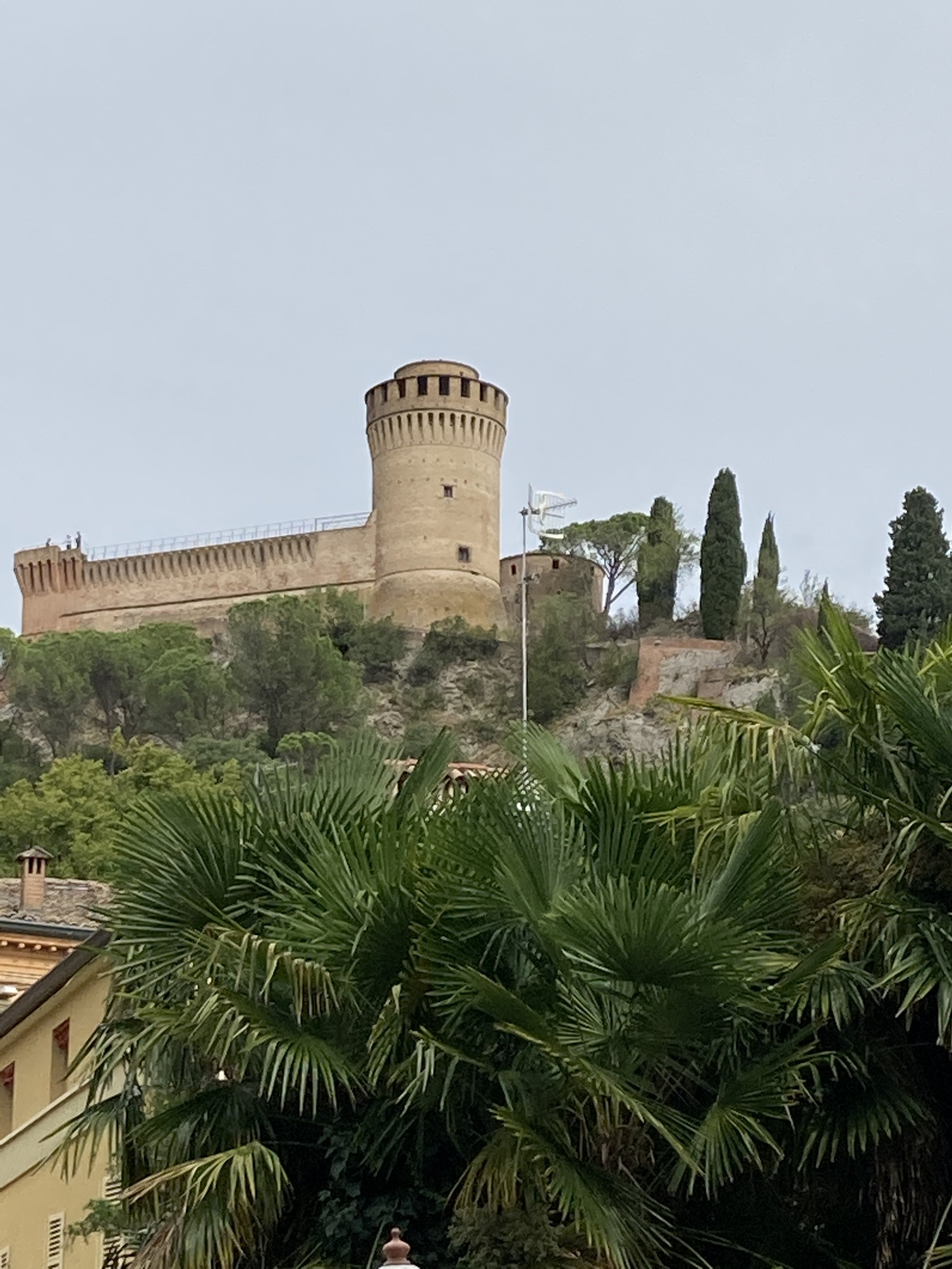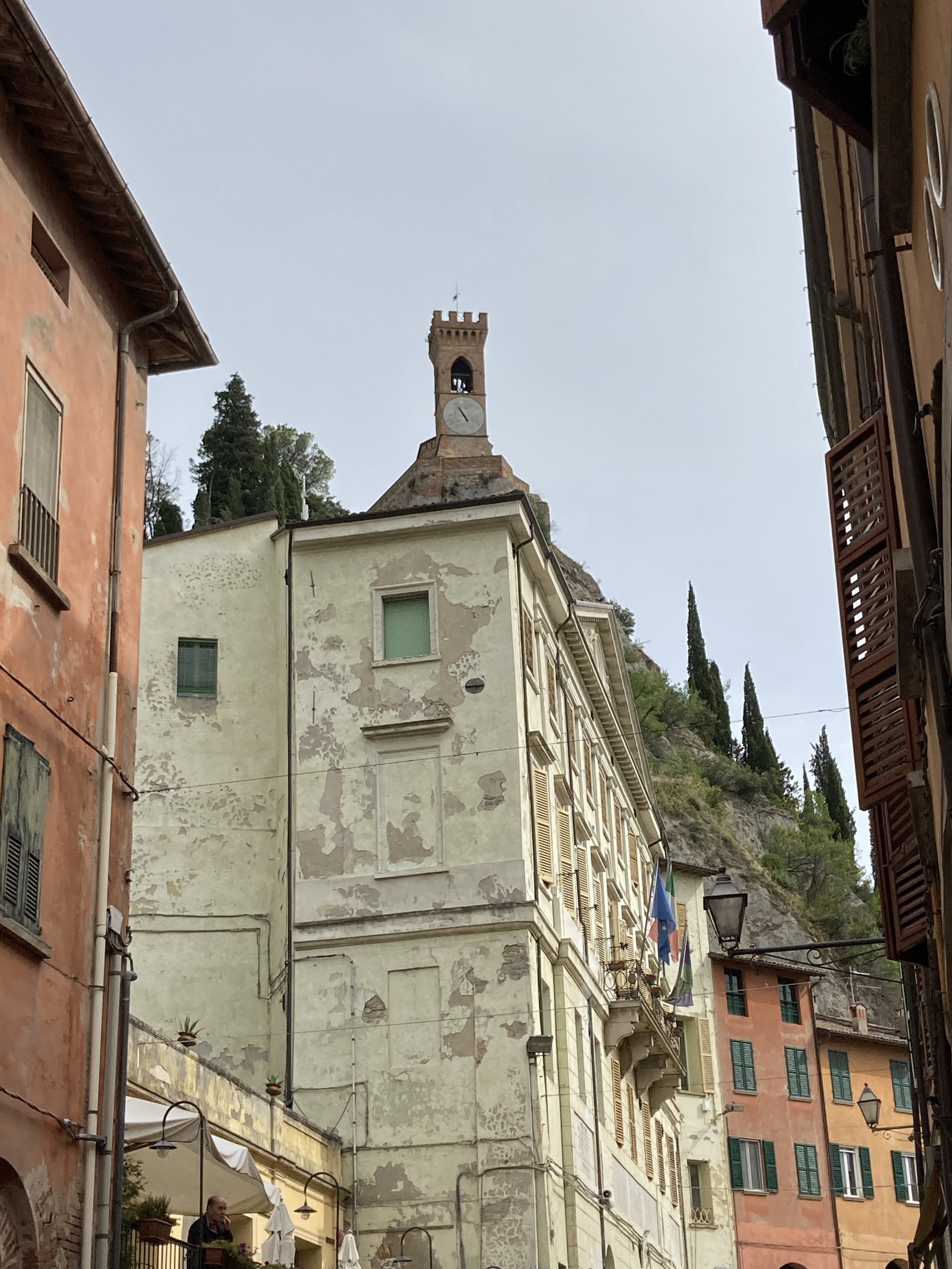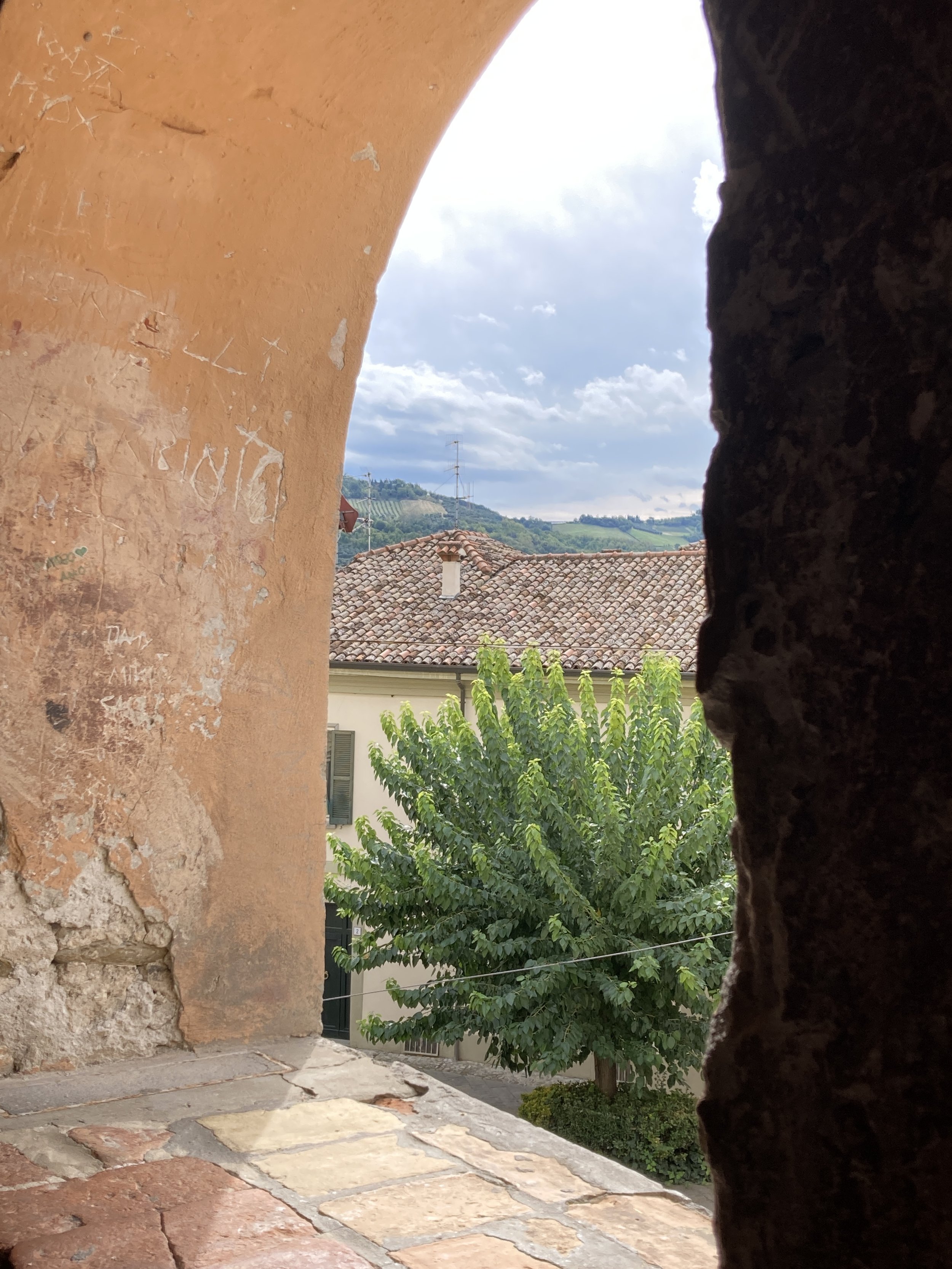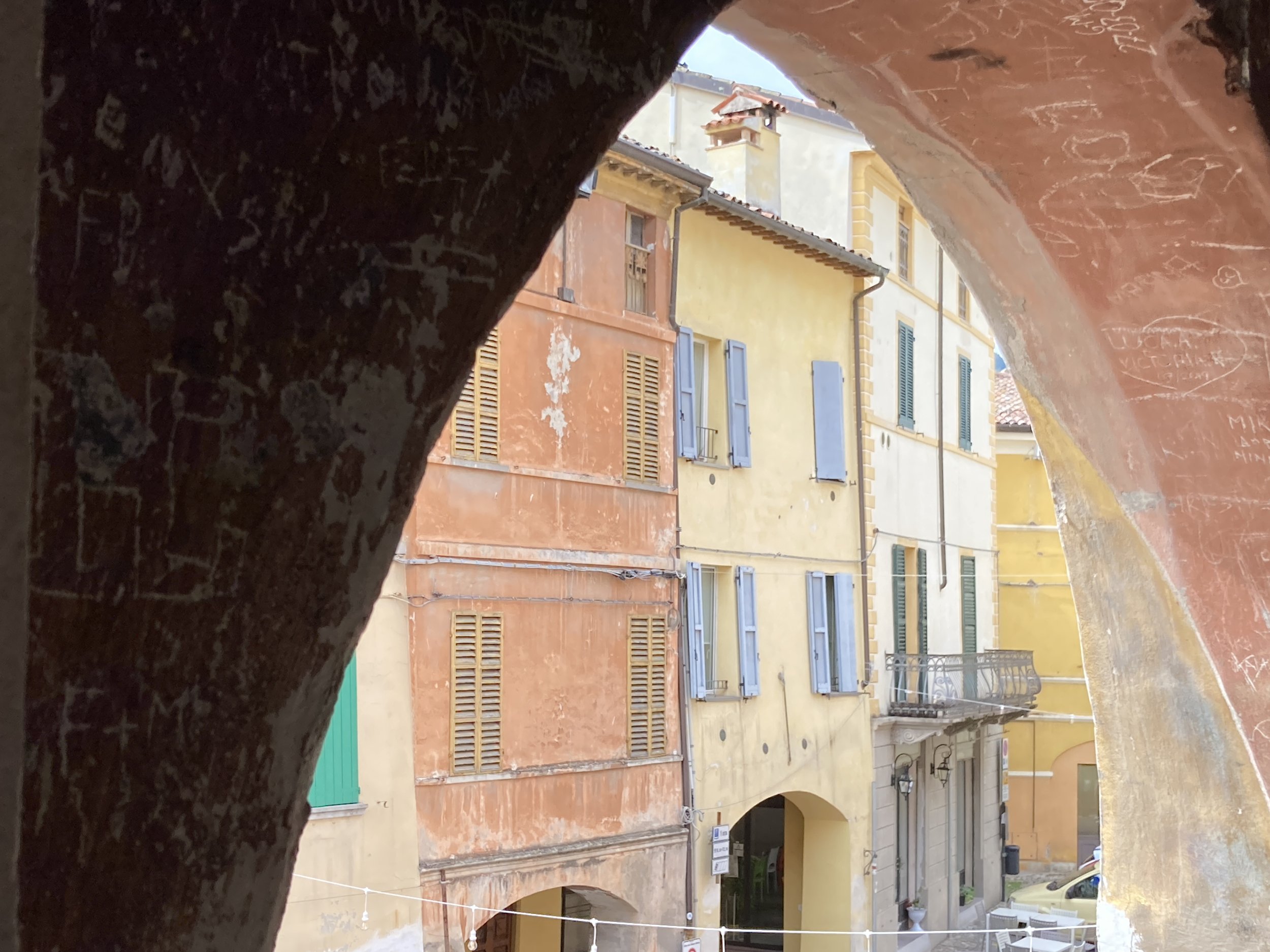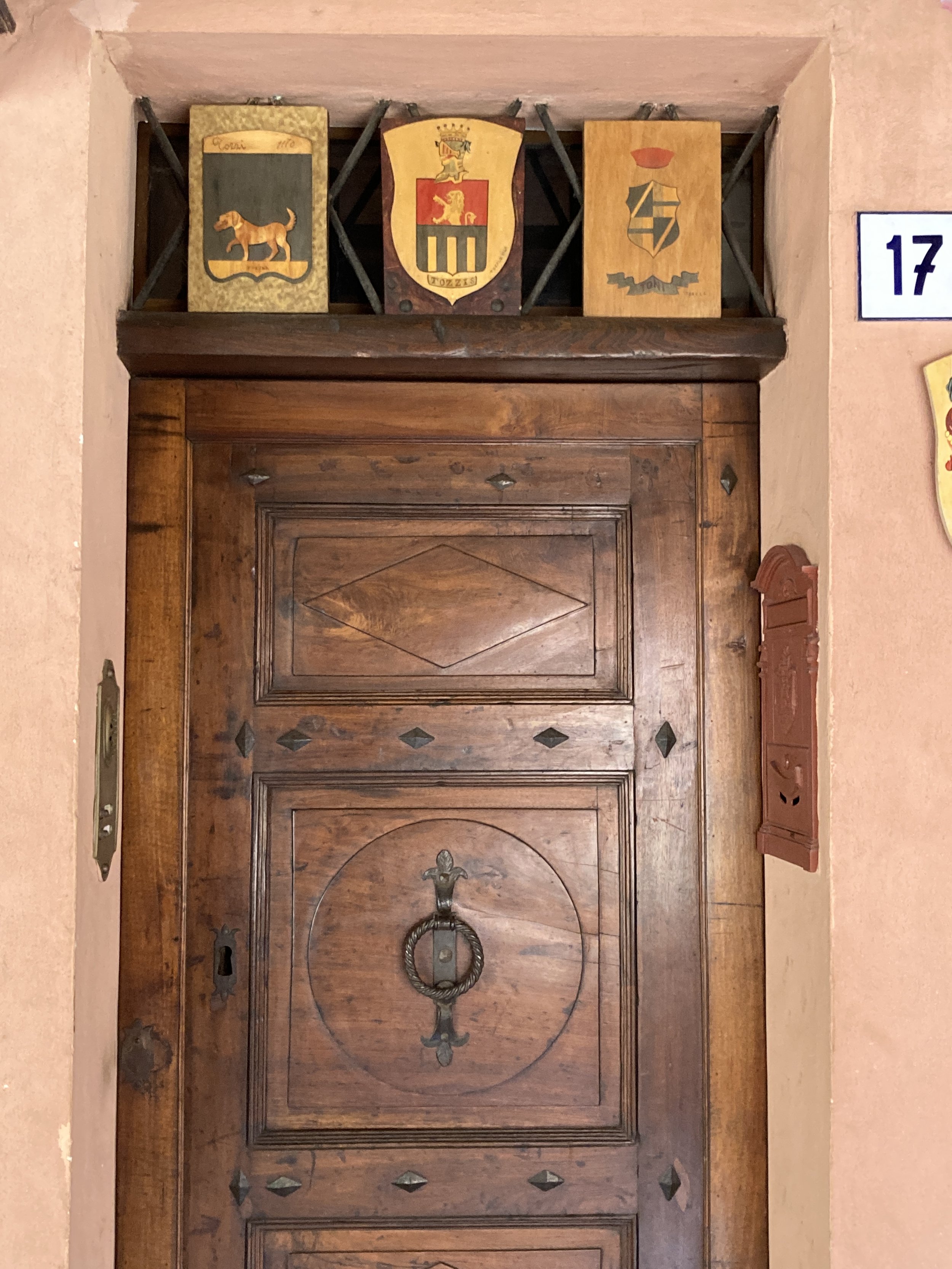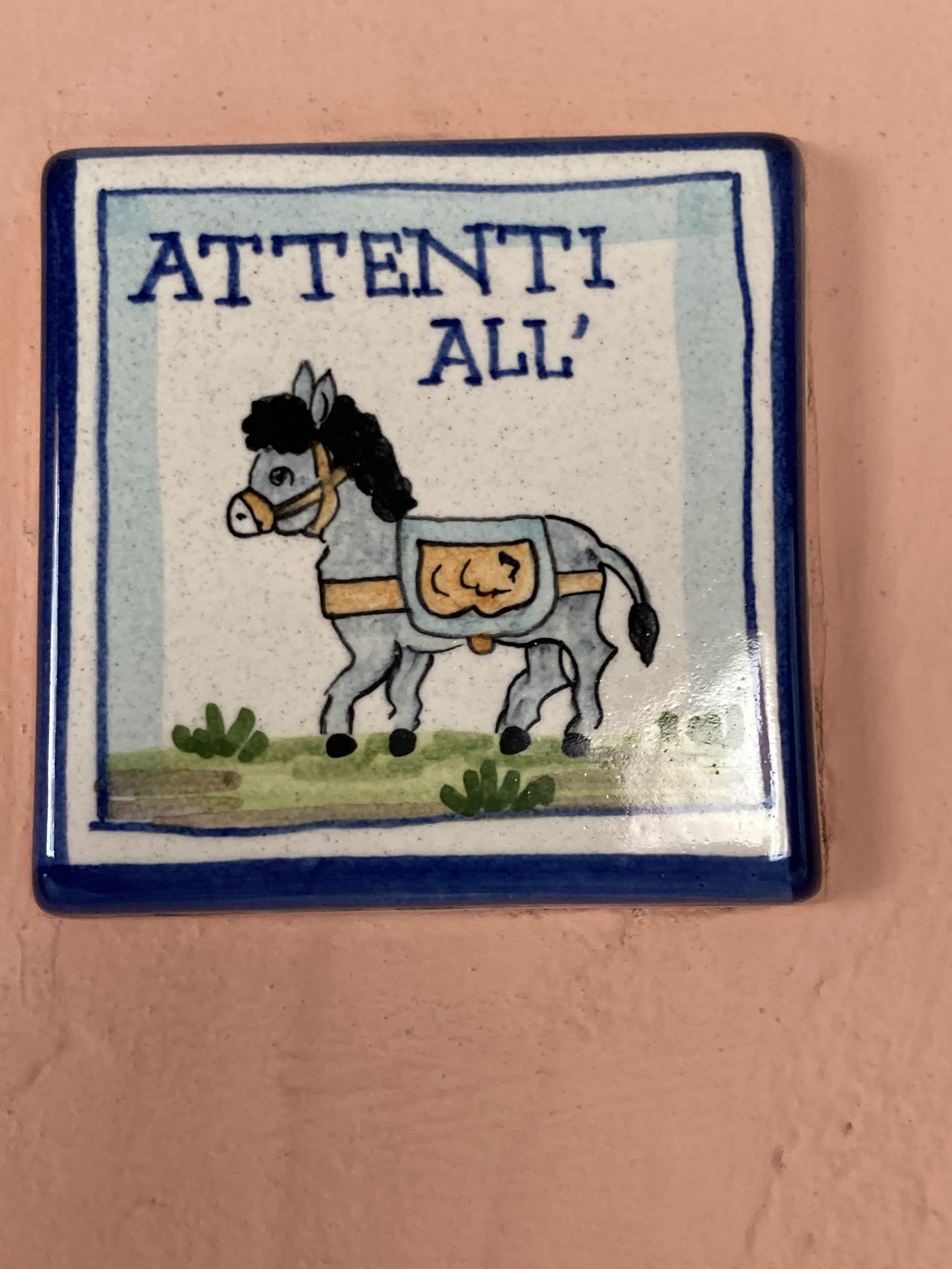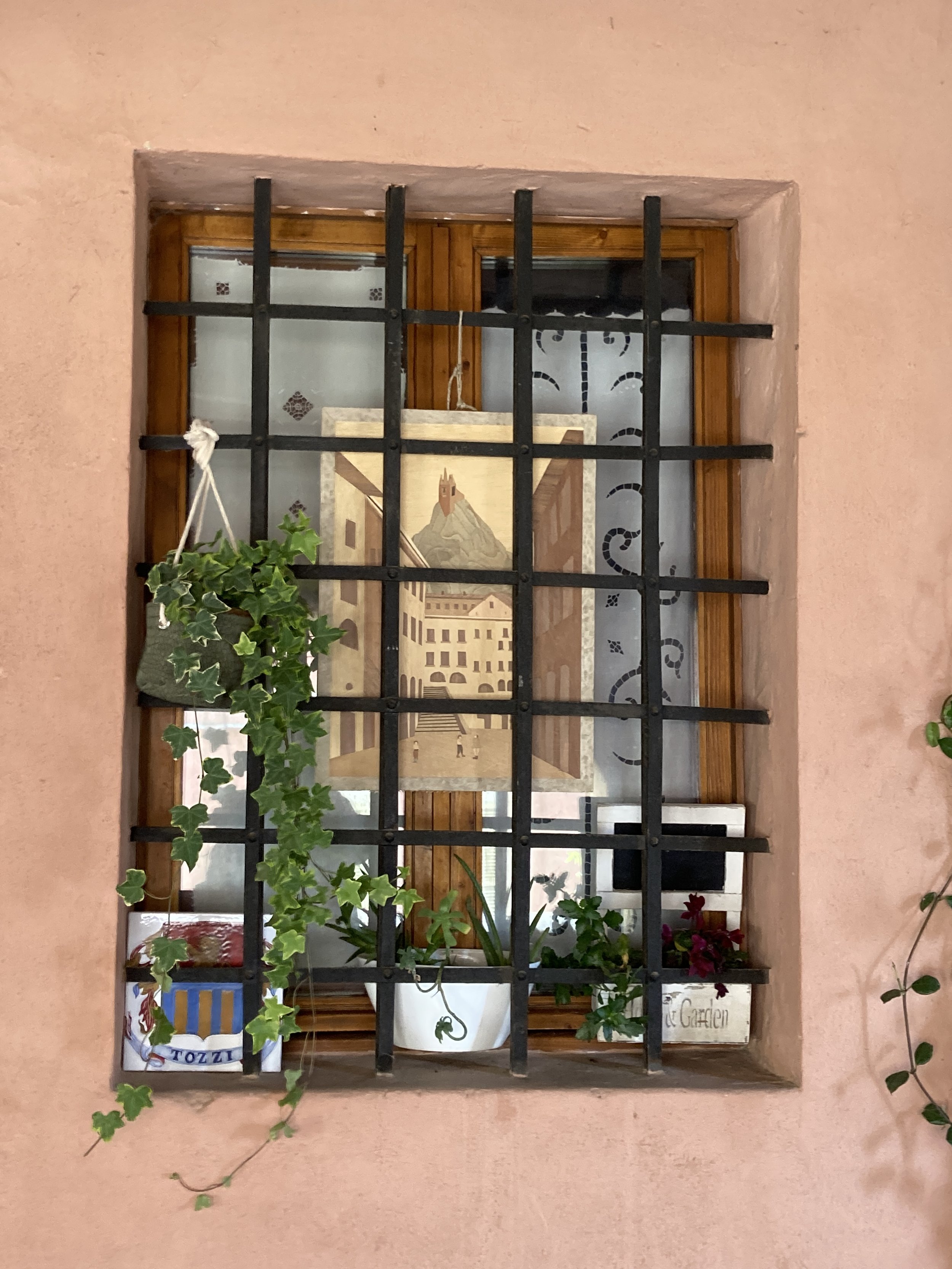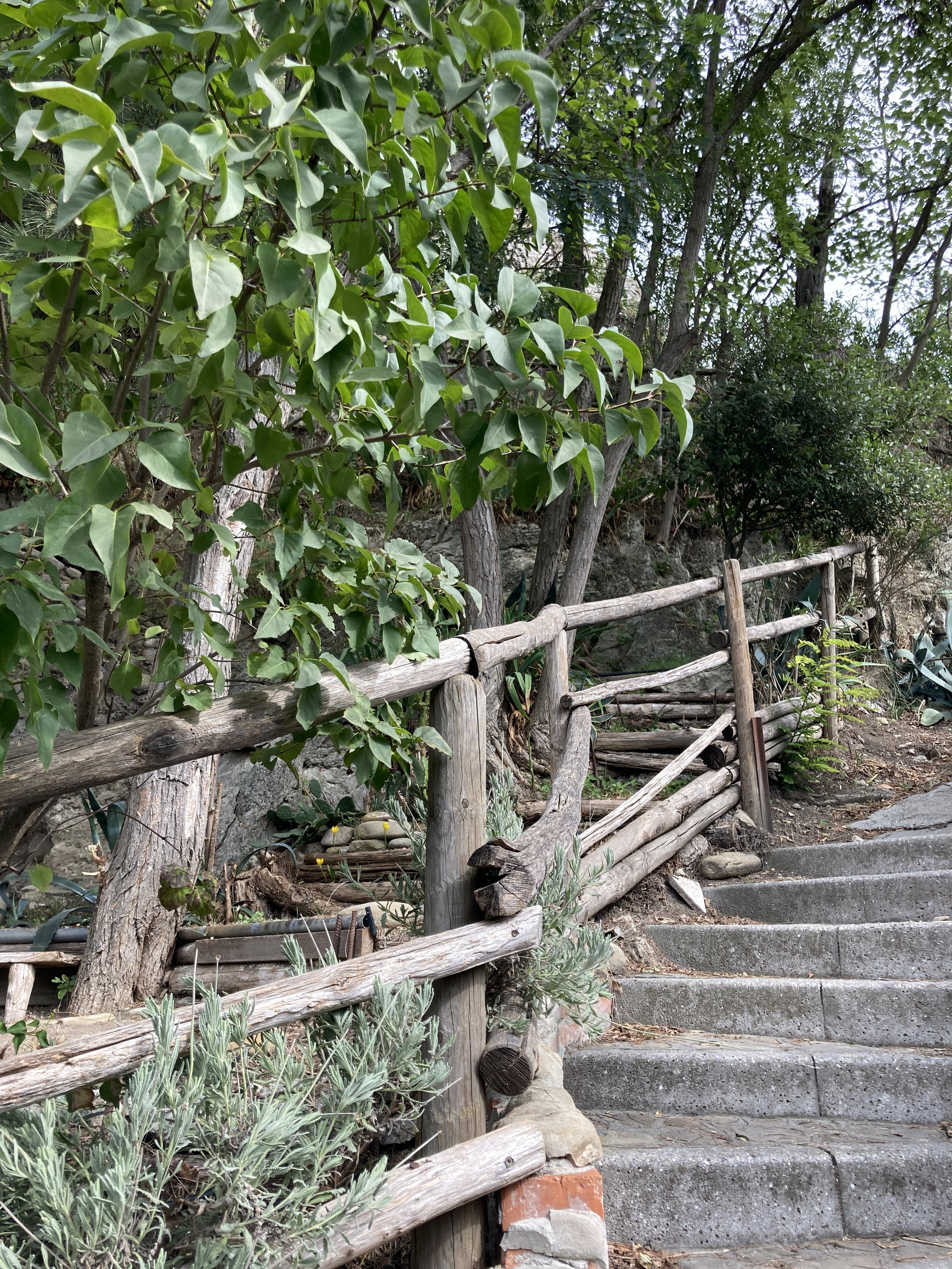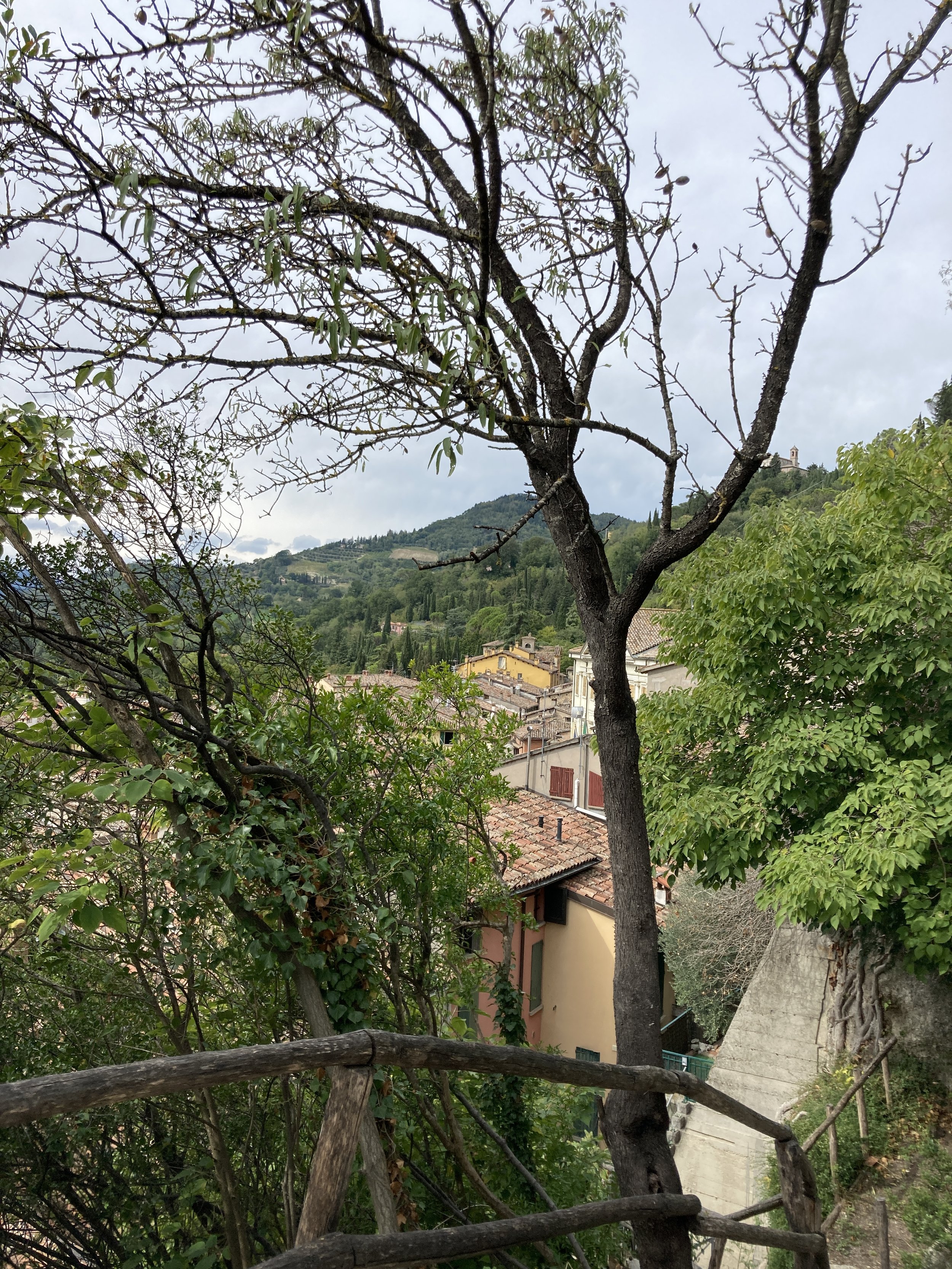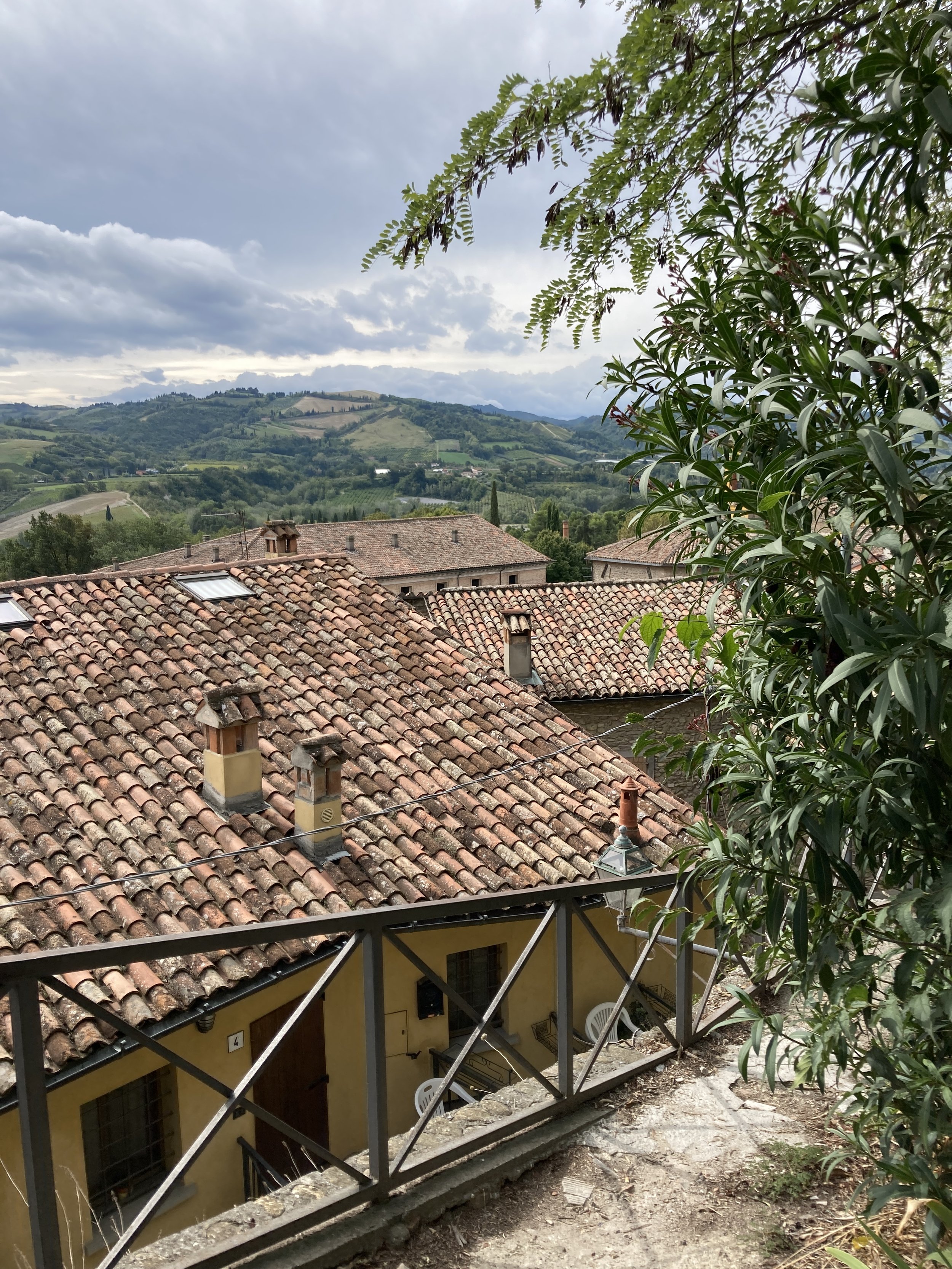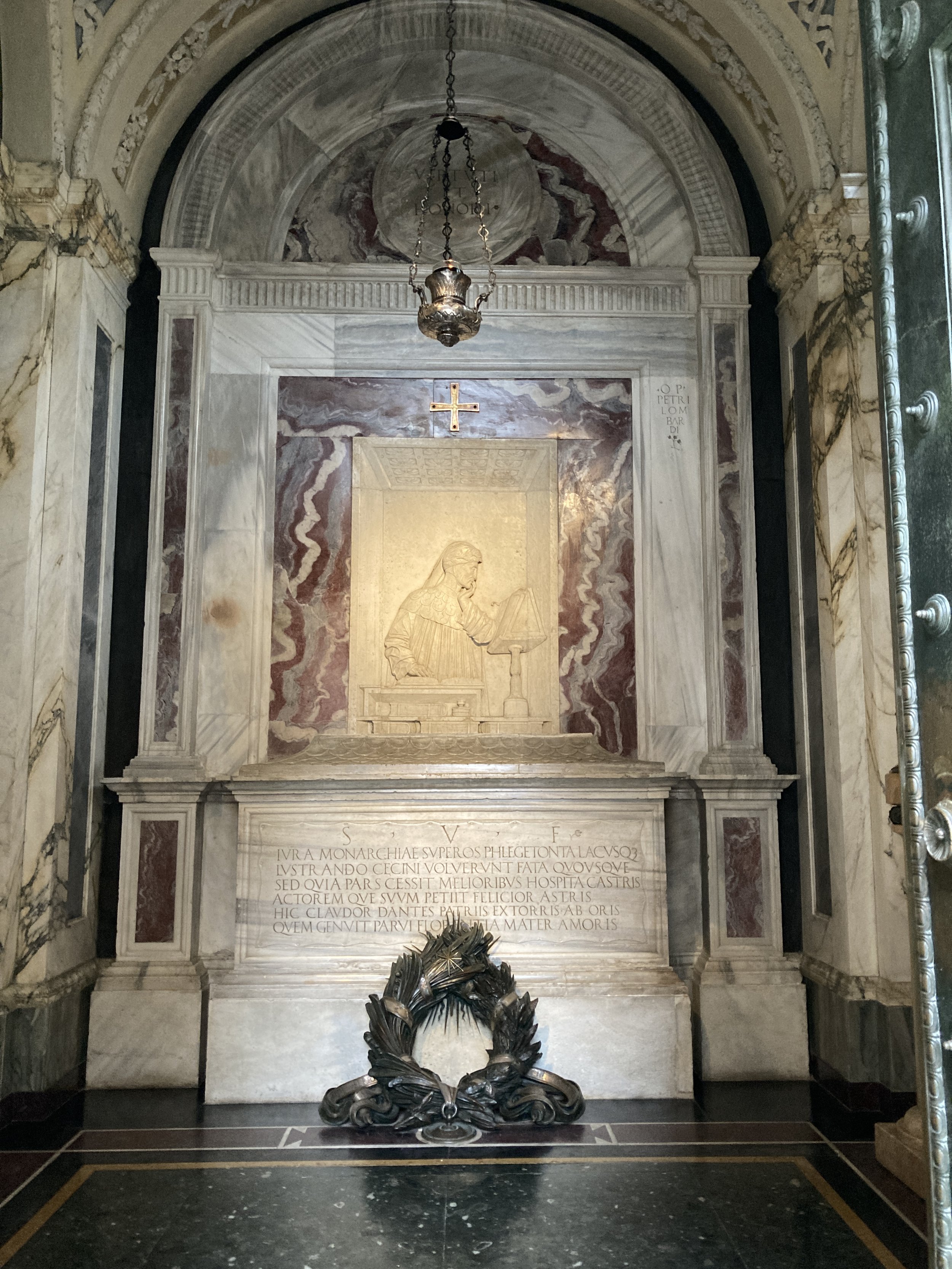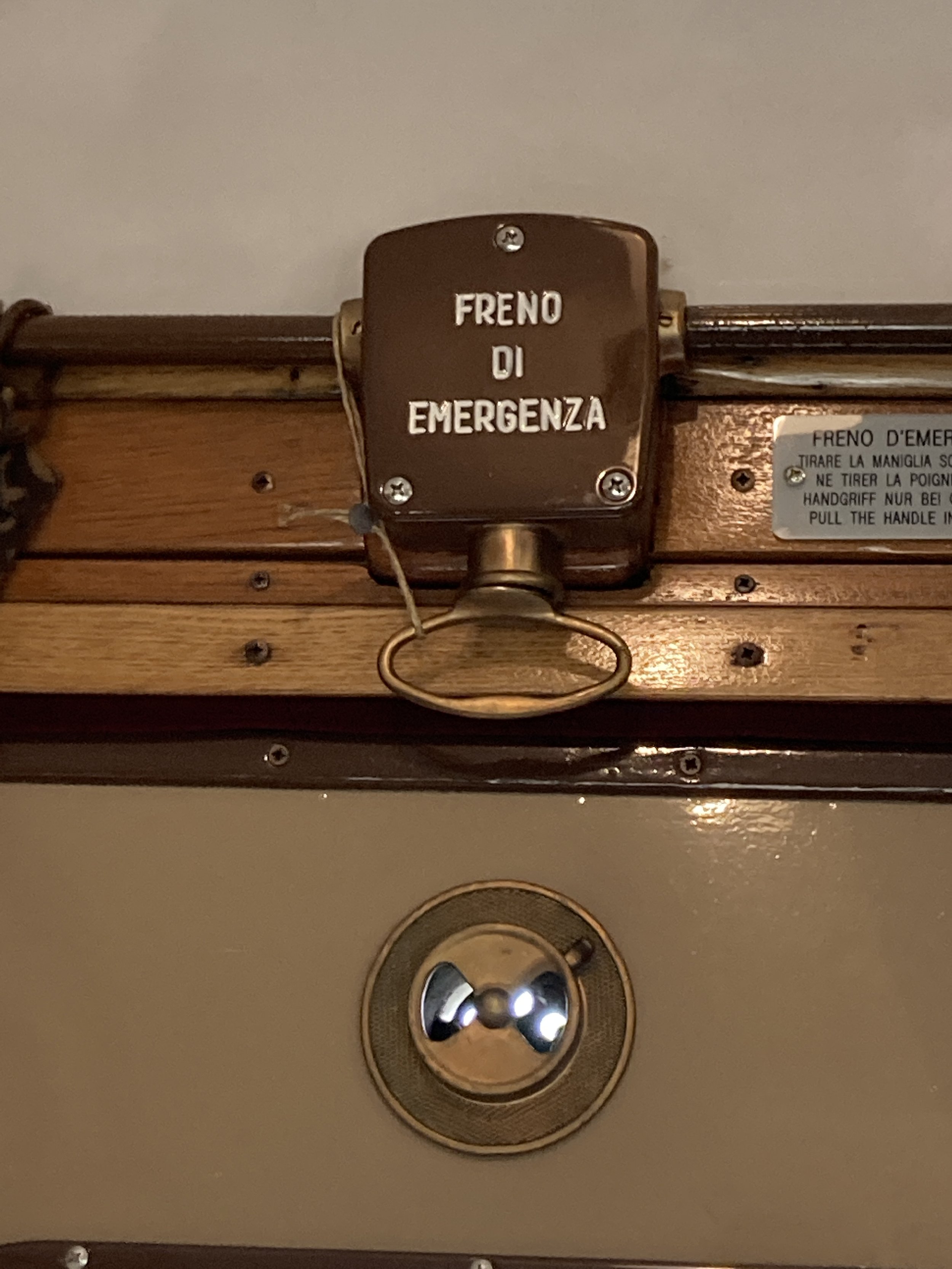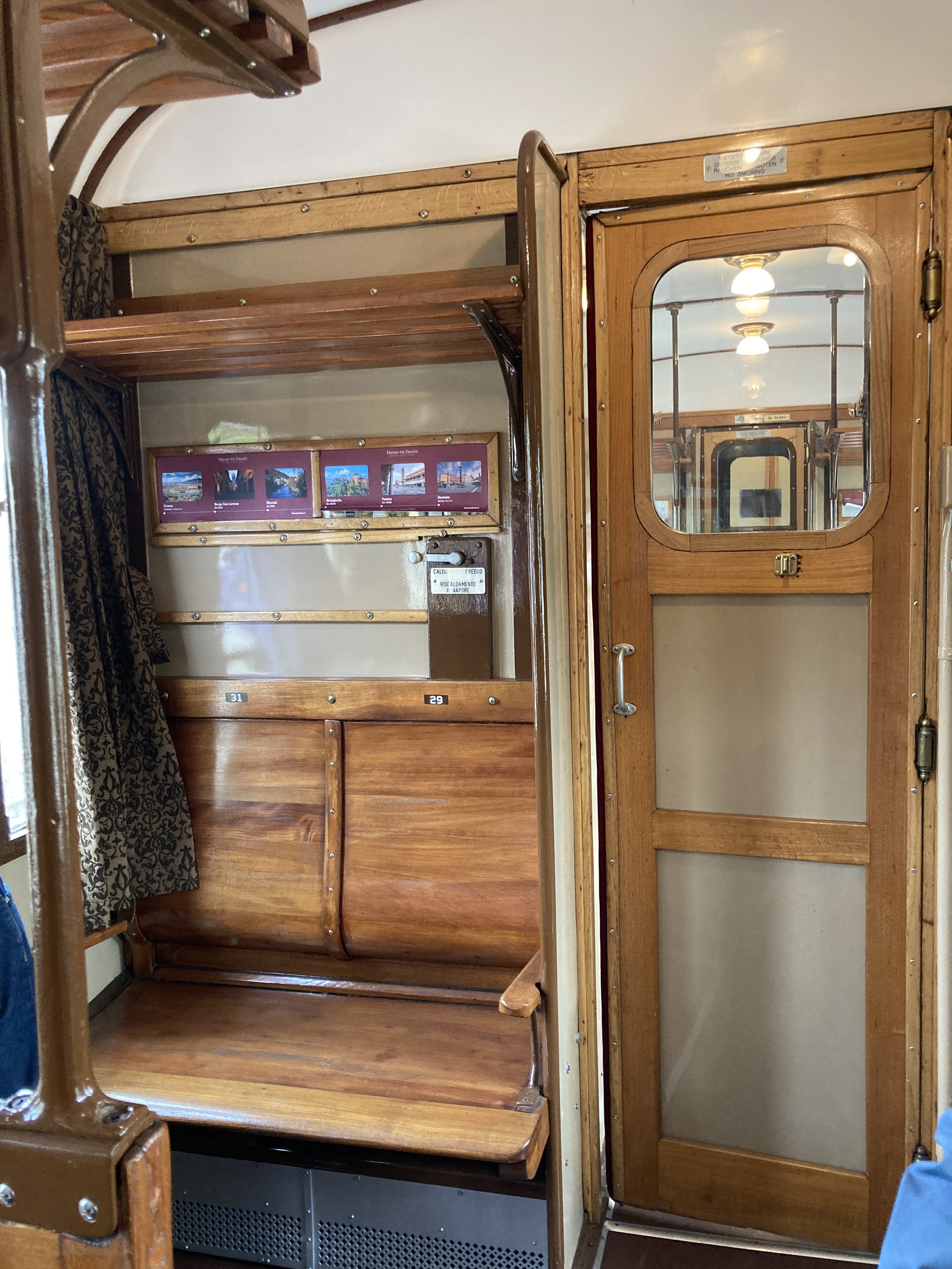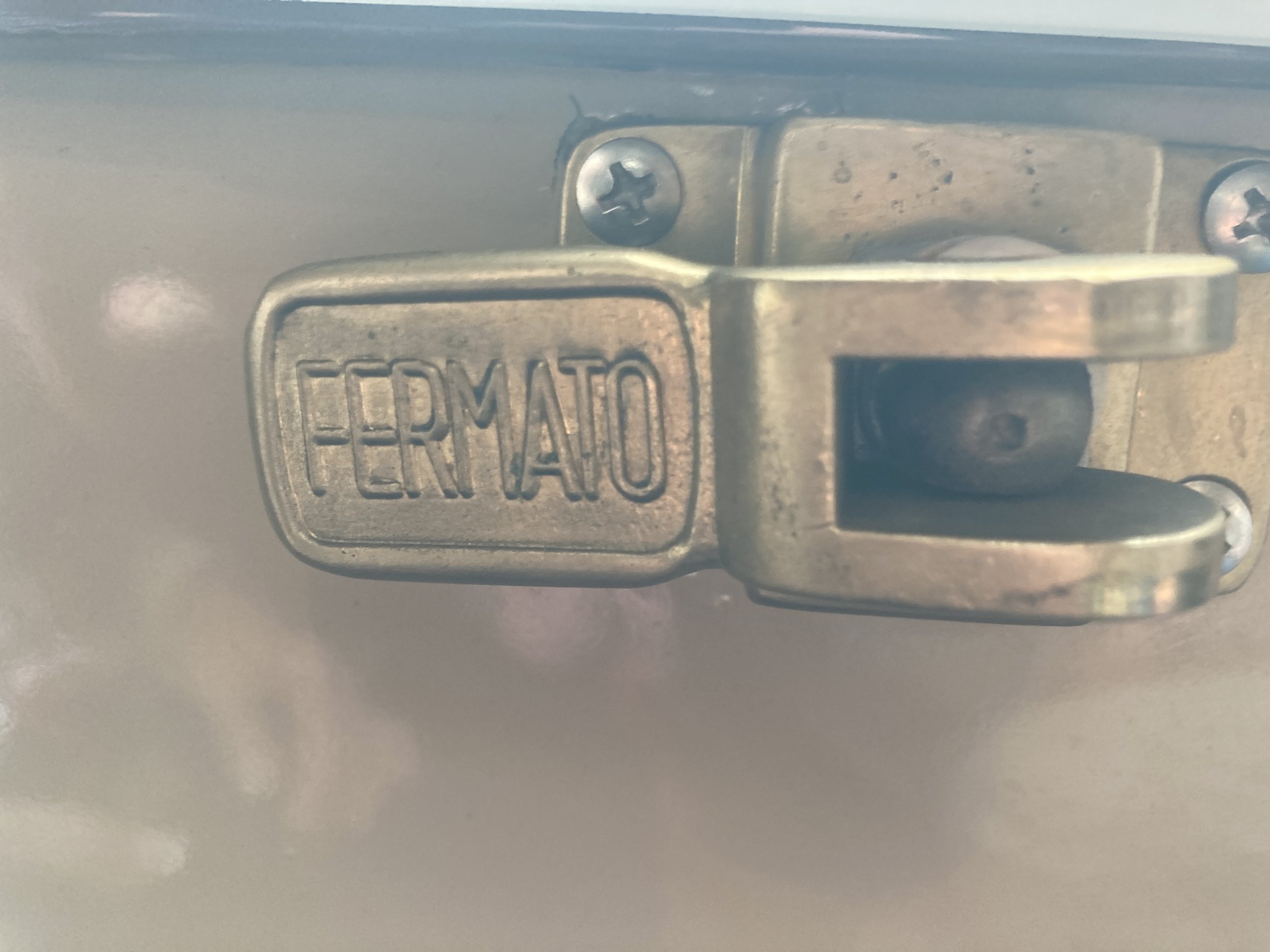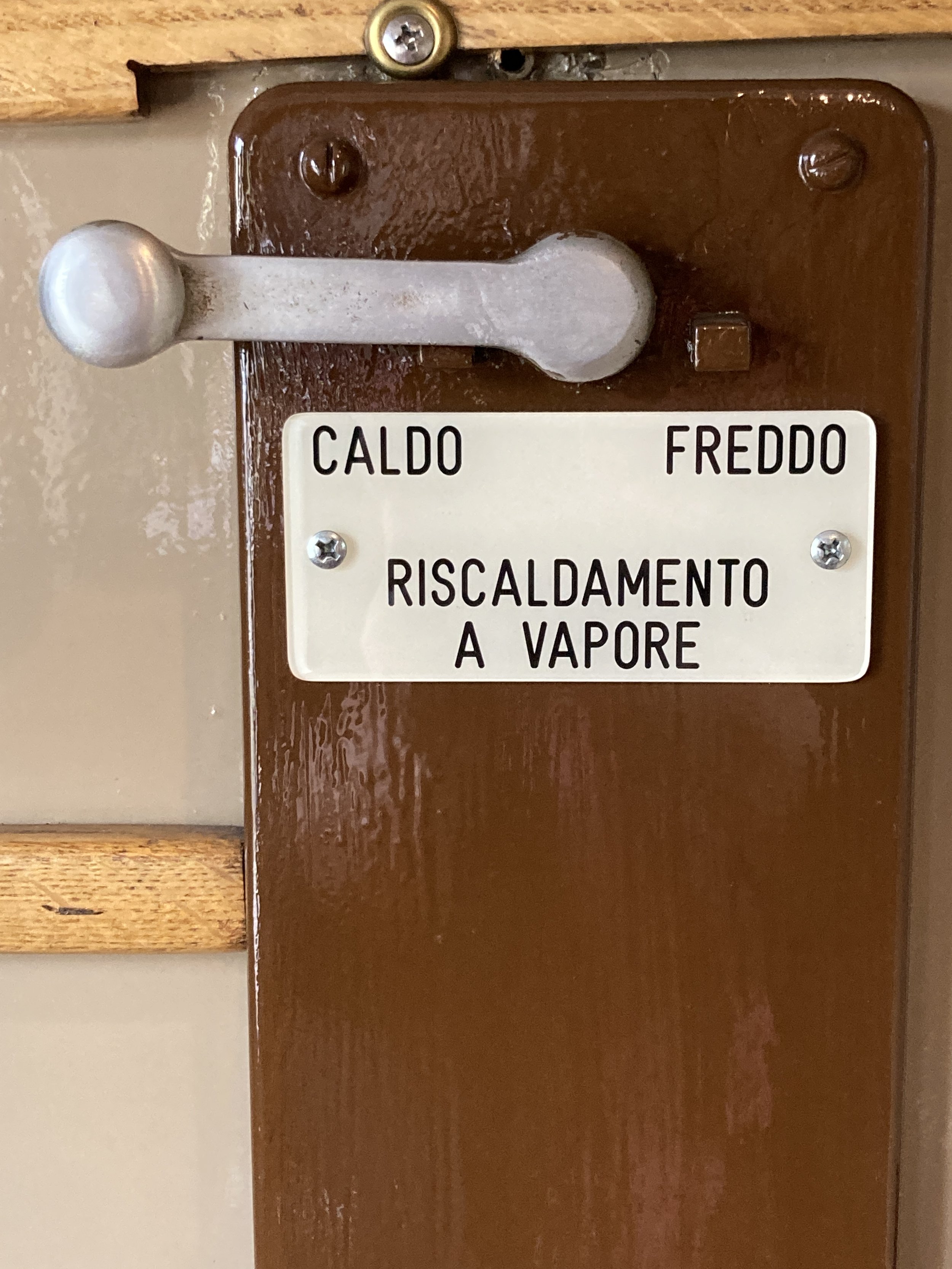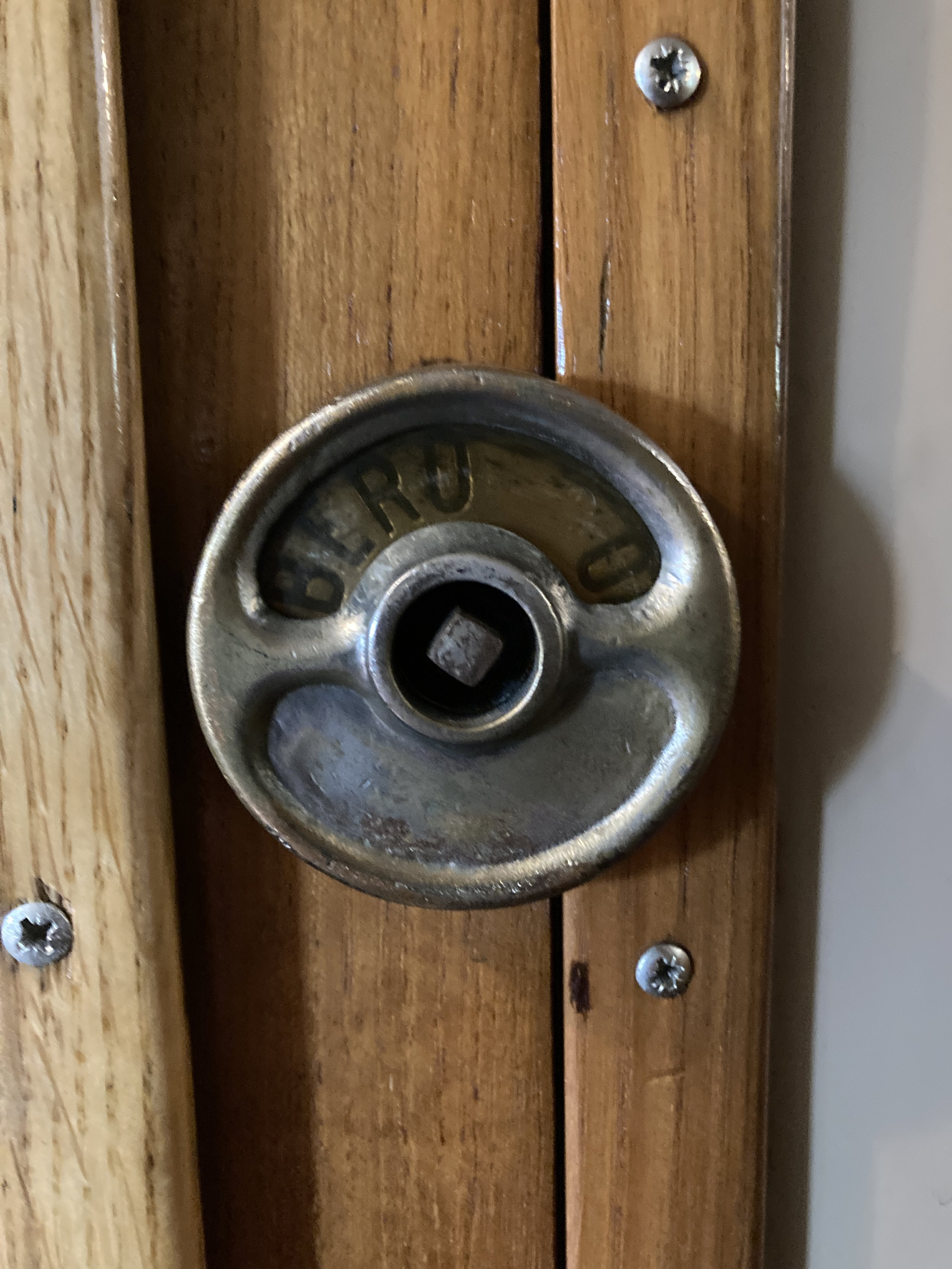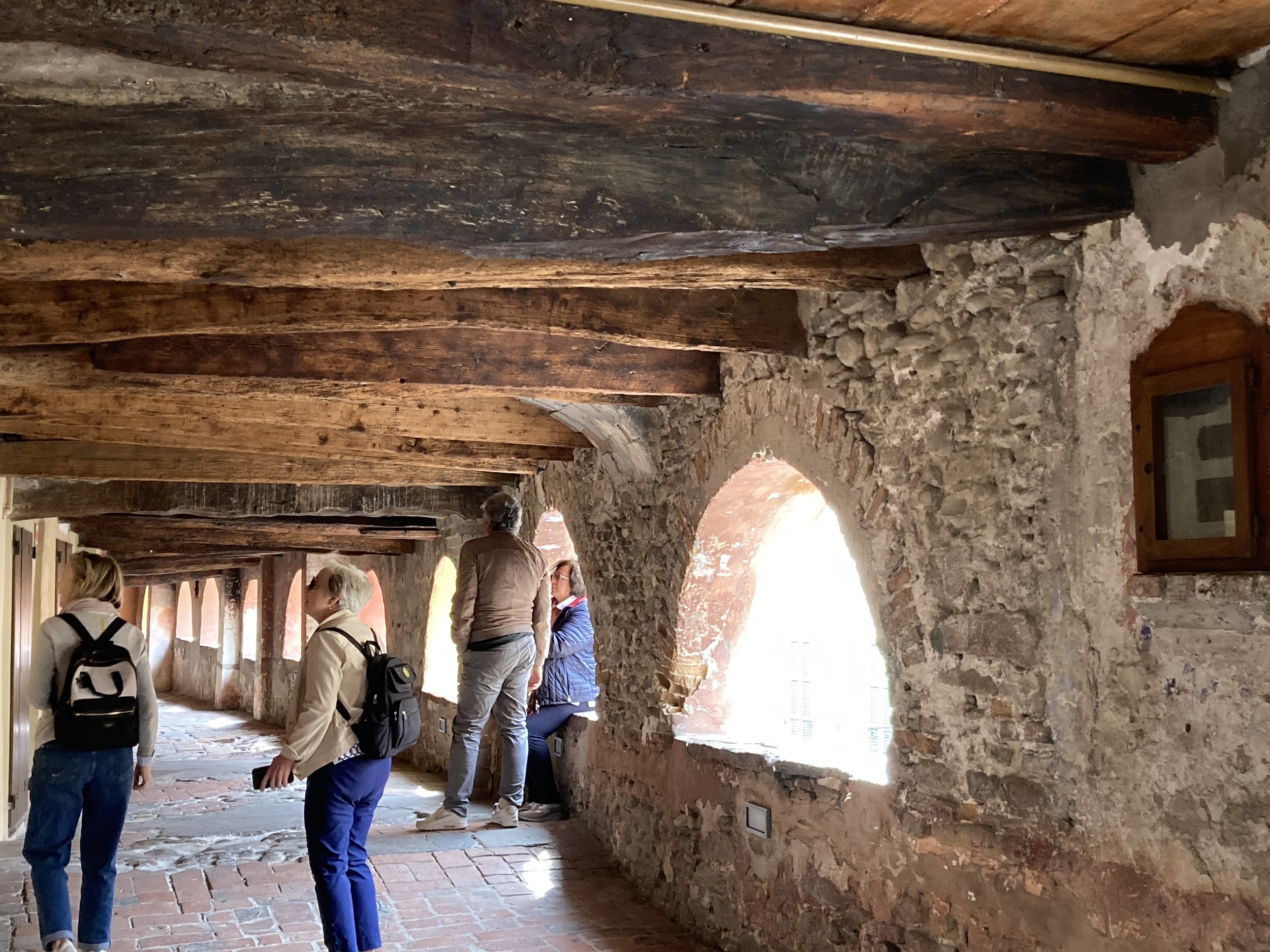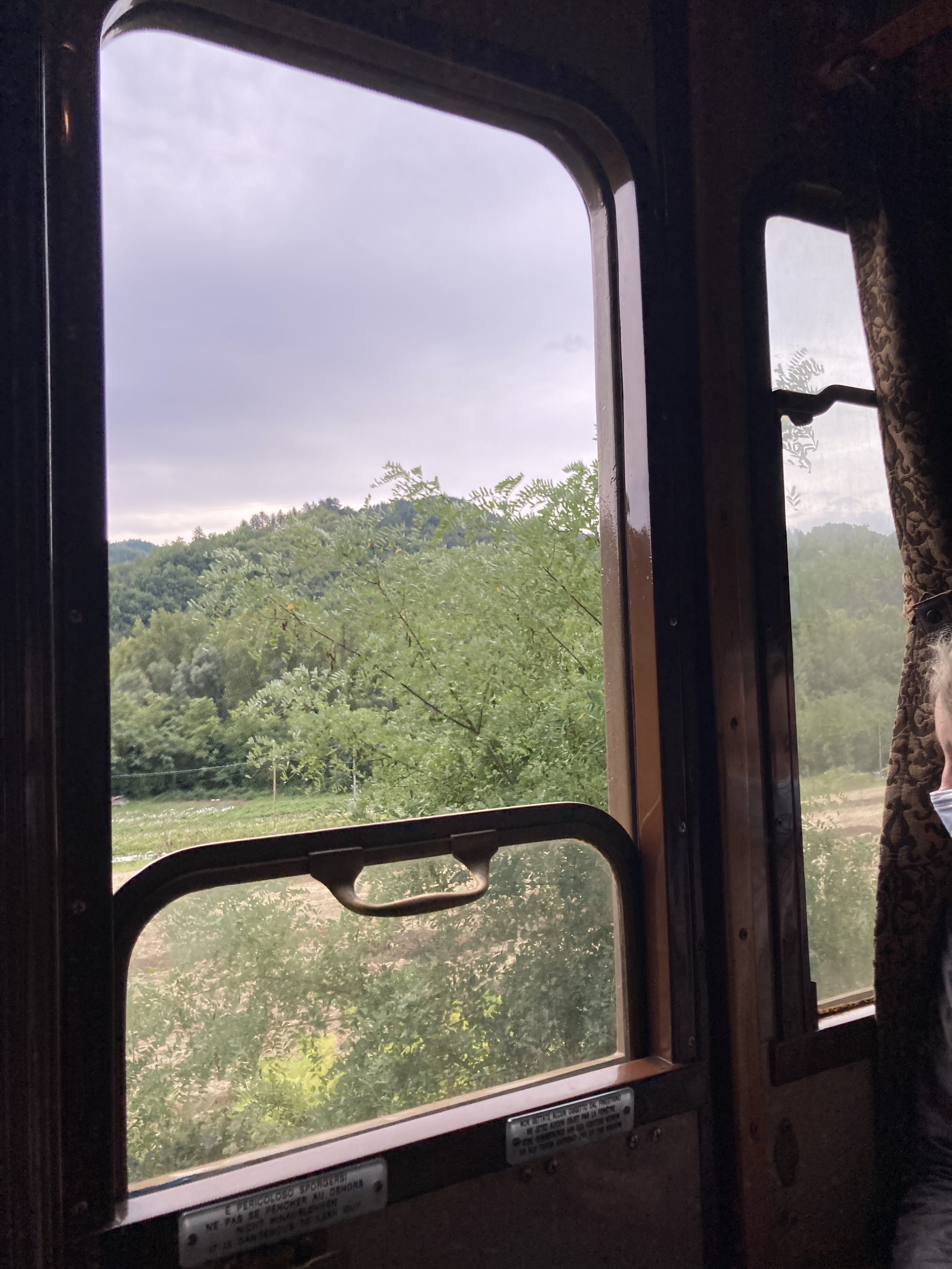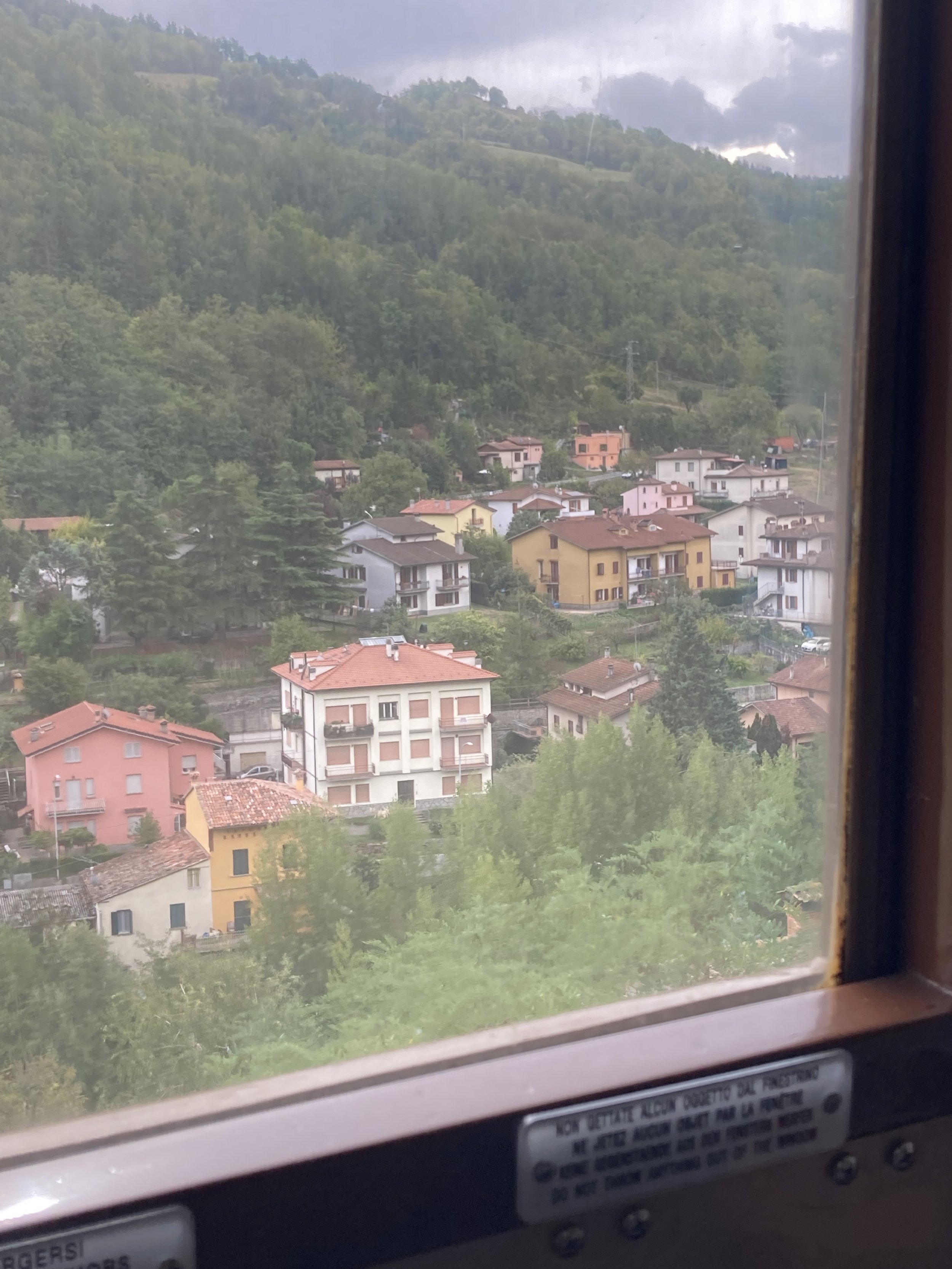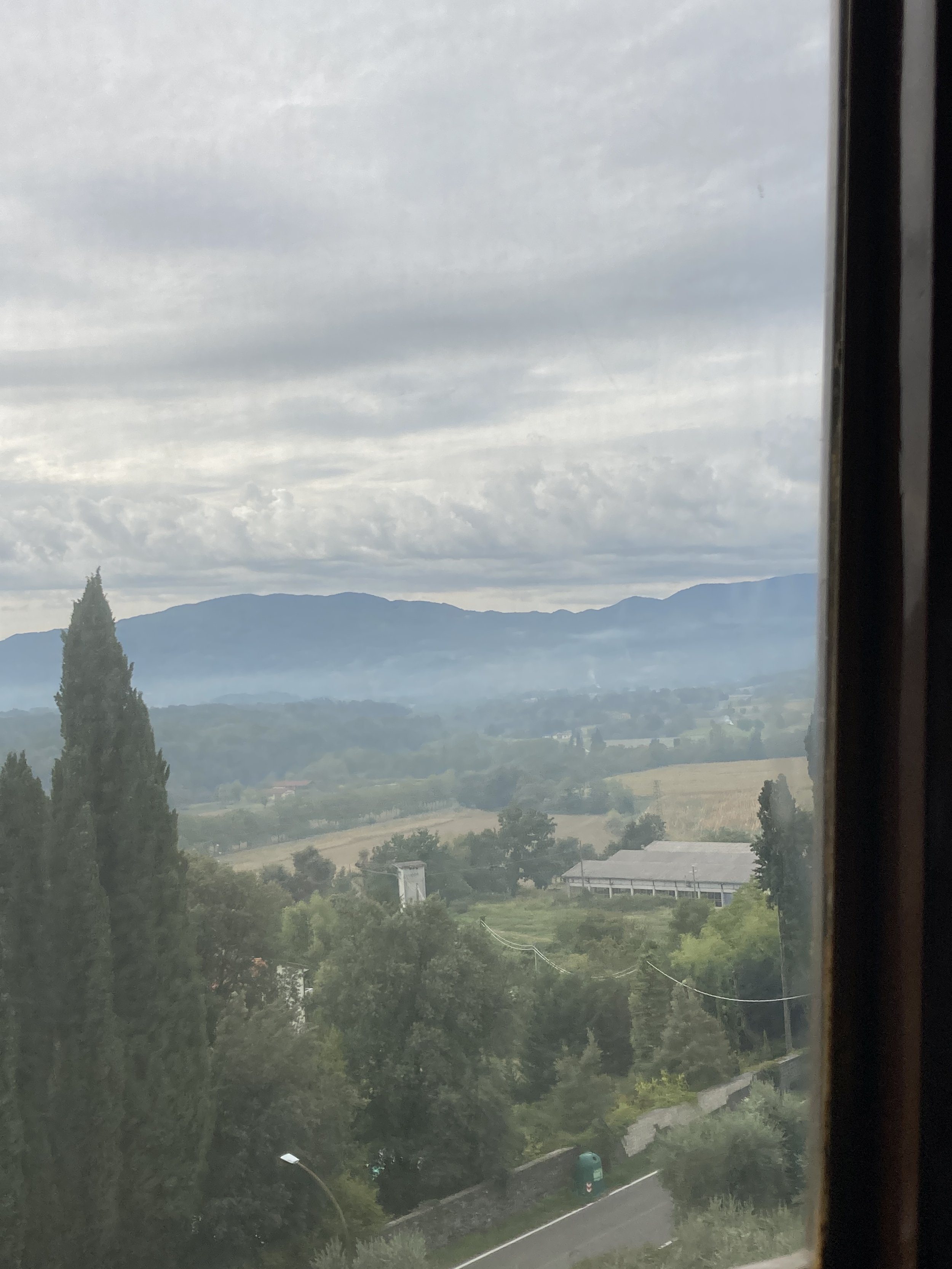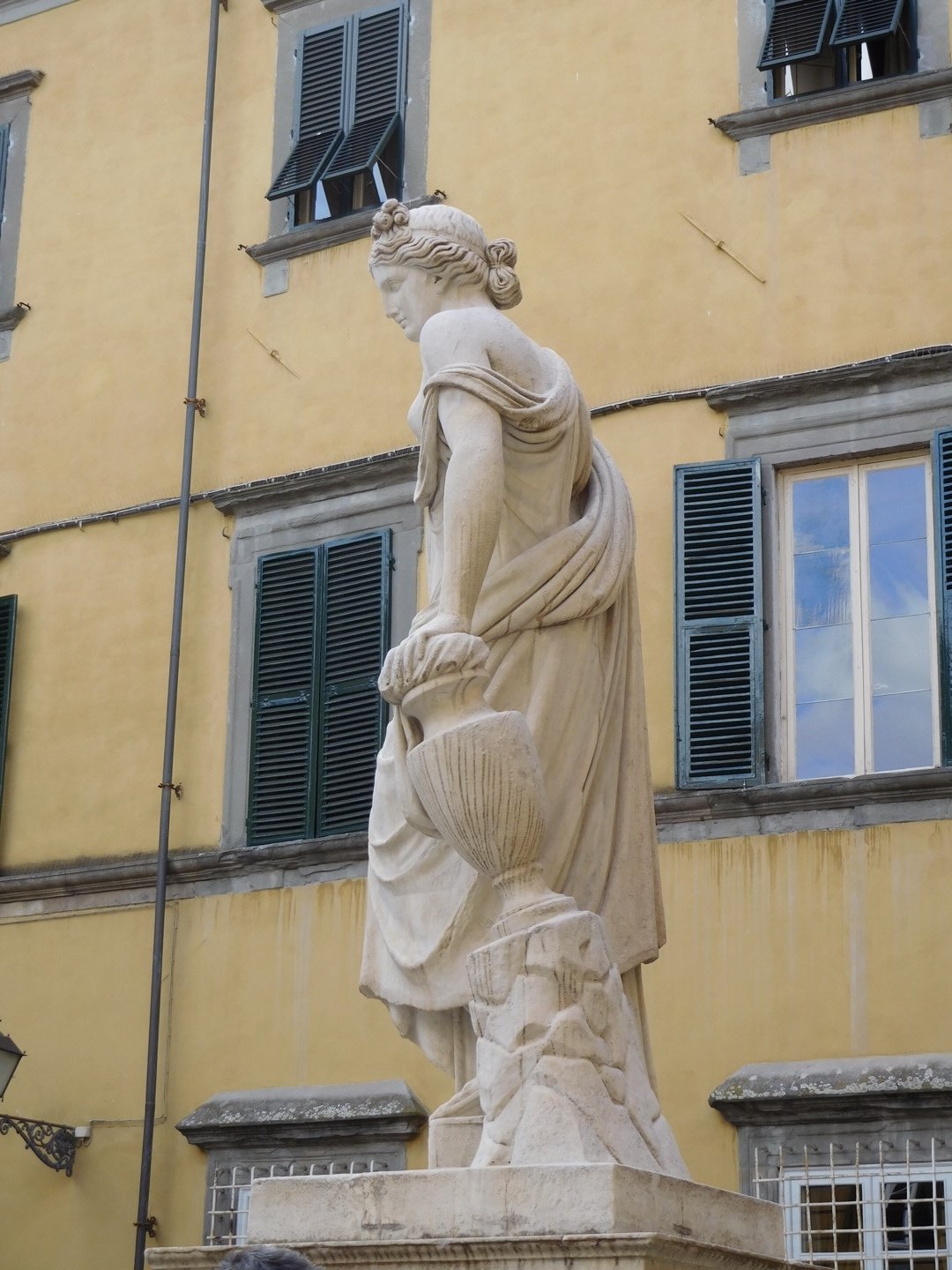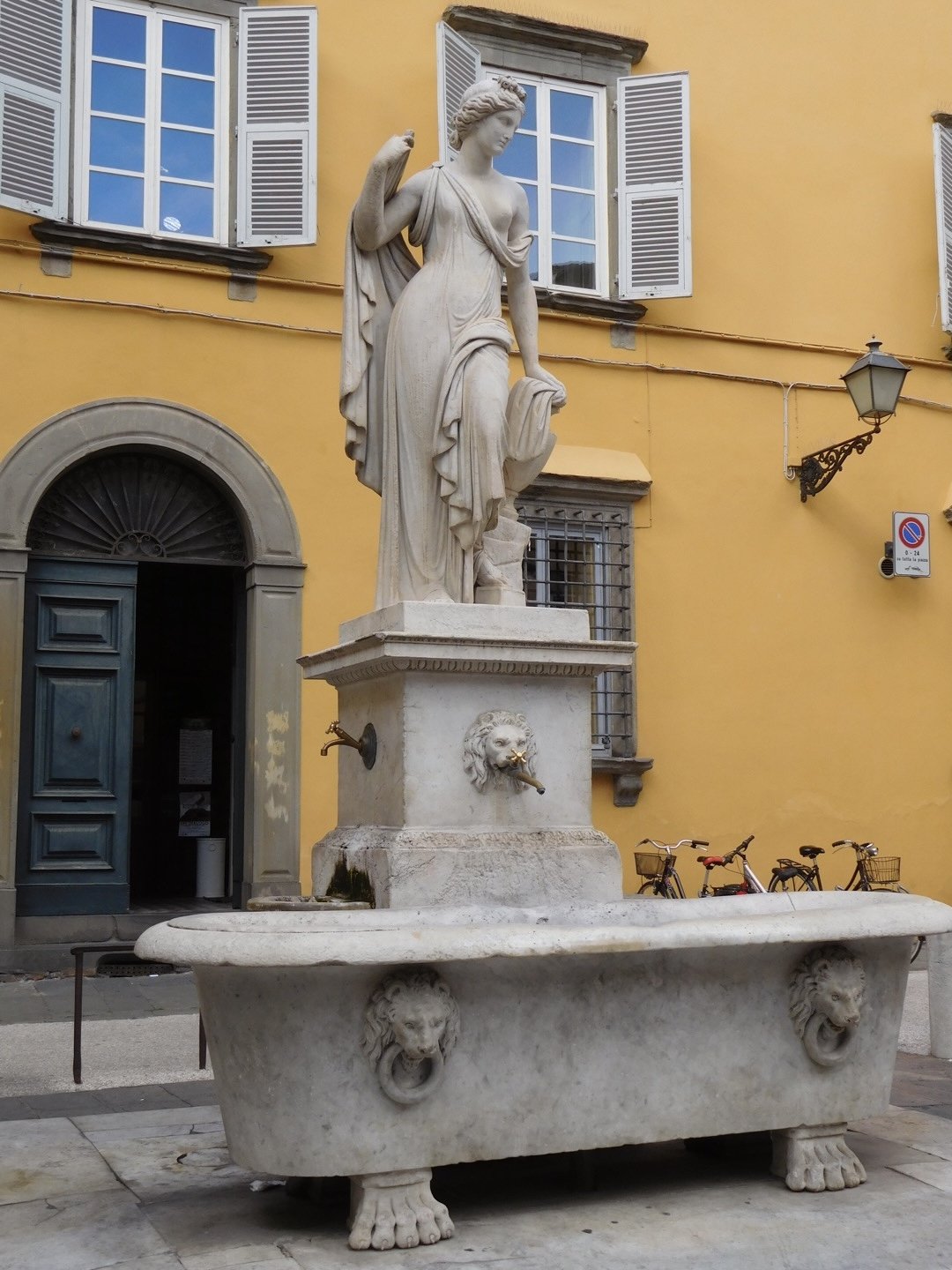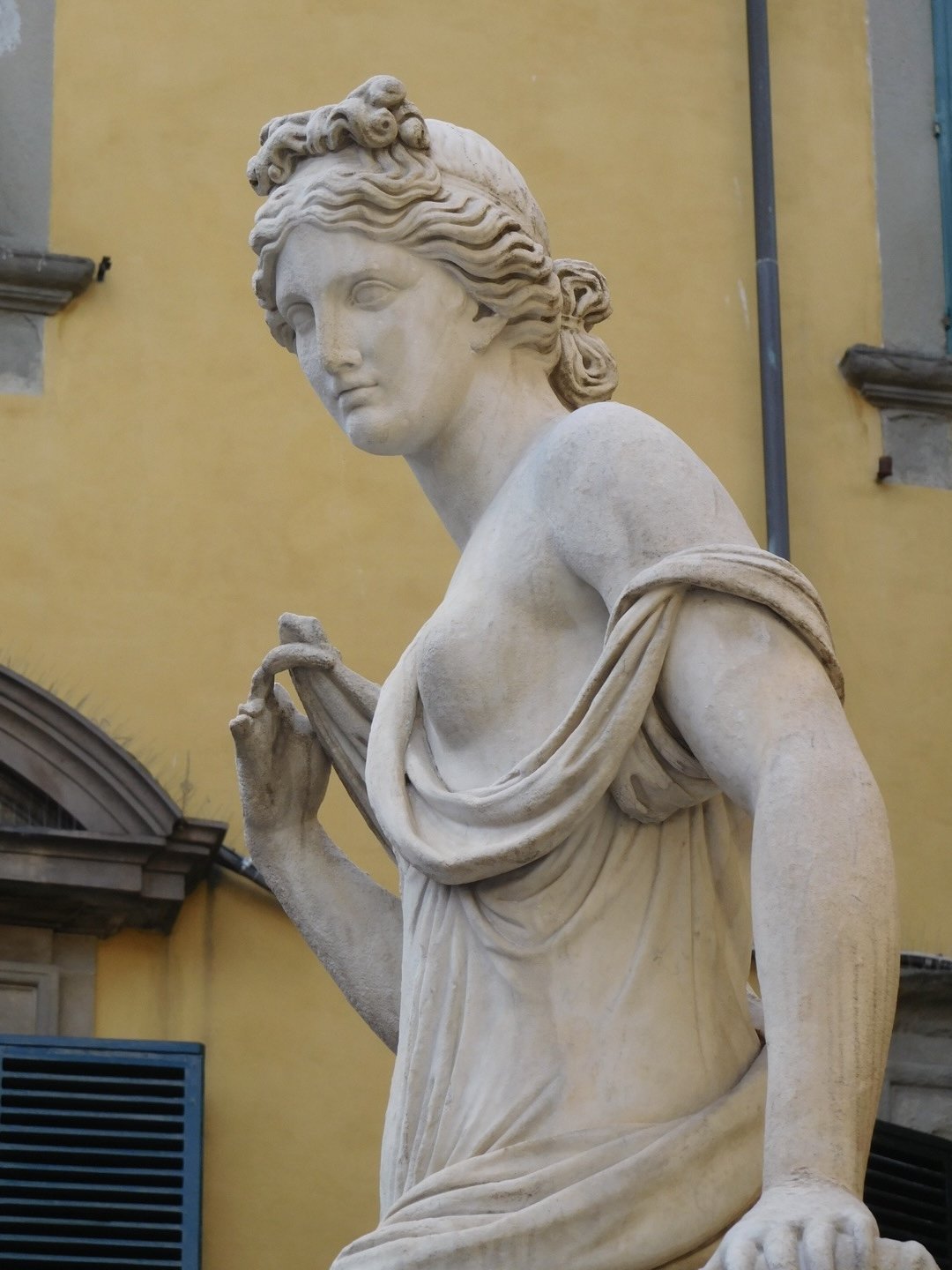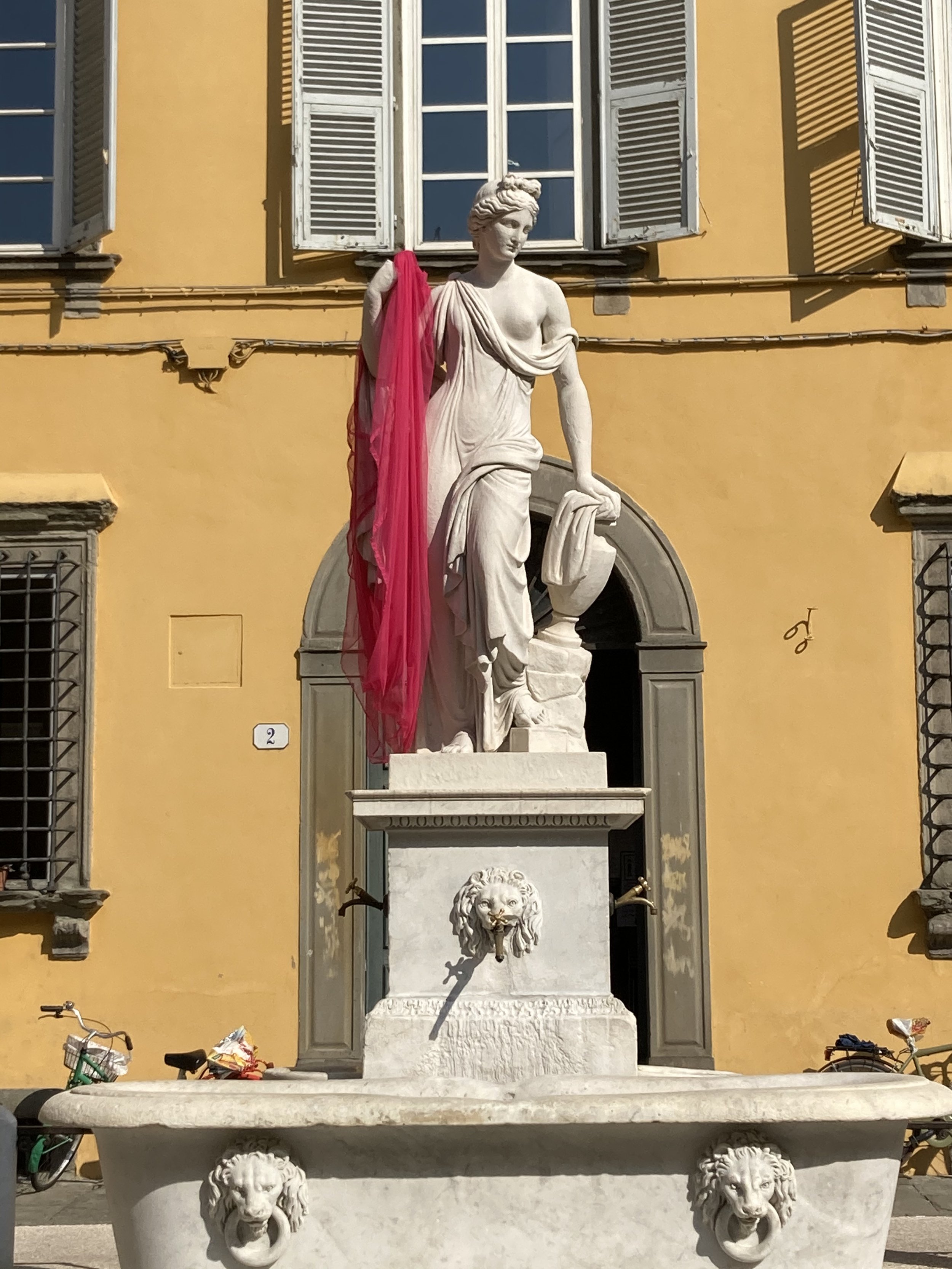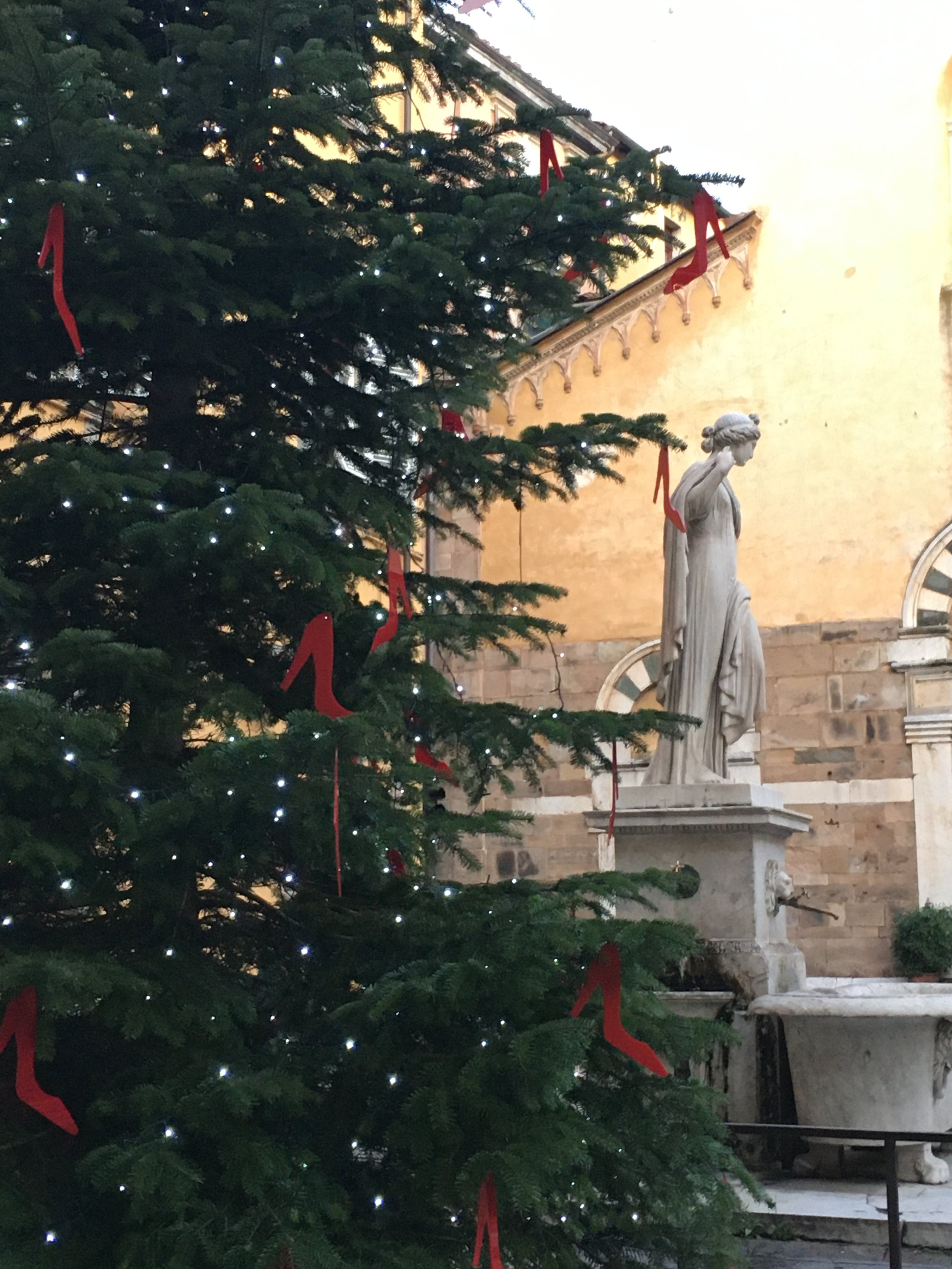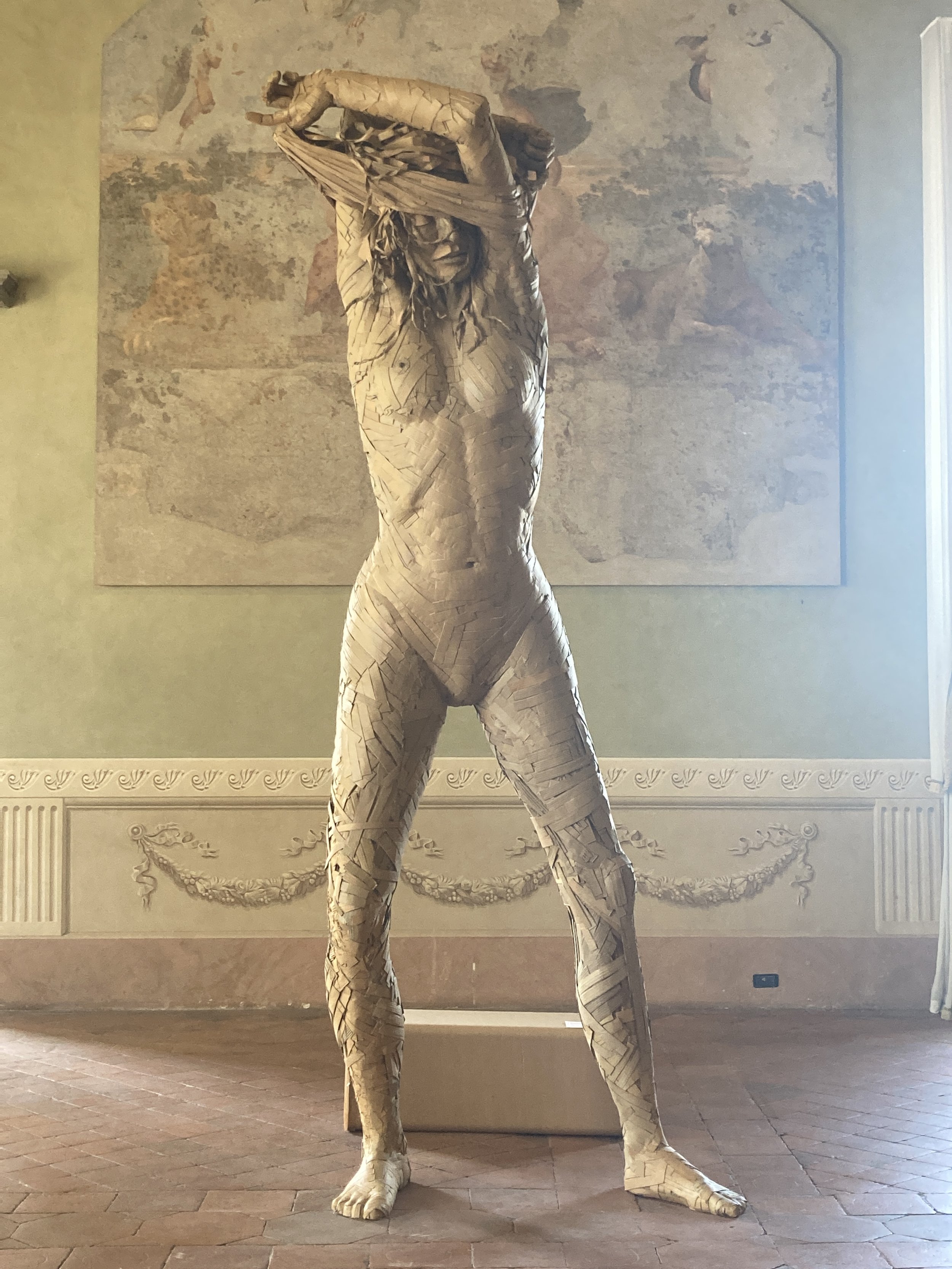Ravenna (Part One)
In 25 years of travels in Italy, how did I miss Ravenna? My first visit came just last month when I spent a few days there with two friends at the end of our trip on the Treno di Dante (Dante’s Train). While a short visit wasn’t enough time to explore everything Ravenna has to offer, I was able to stand in wonder before the mosaics for which the city is famous, visit Dante’s tomb, and soak in the special atmosphere of this city on Italy’s Adriatic coast.
The tomb of Dante Alighieri in Ravenna
Living in the Medieval city of Lucca, I thought I had a real appreciation for all things “old”. But while Lucca brings to mind the 1400’s, Ravenna evokes an era nearly 1000 years before that. Many of the buildings, with their Byzantine mosaic decorations, date from the 5th century, after the fall of Rome and at the very beginning of the middle ages. By the time Dante arrived in the city, in 1321, the mosaics were already ancient and provided inspiration for his poetry.
It would be easy to be overwhelmed by the number of historic and art filled spaces in Ravenna, so it is important to not try to see them all in one day, or even one visit. Our first afternoon was spent mostly wandering through town and getting a feel for the city. We also made a stop at Dante’s tomb.
The Basilica of Sant’Apollinare Nuovo, Ravenna
The next two days were devoted to viewing mosaic filled buildings: churches, a baptistery, a museum, and two mausoleum / small chapels. A couple of gardens provided a refreshing break between historic sights and a chance to see another side of Ravenna.
Our first stop was the Basilica di Sant’Apollinare Nuovo, built near the beginning of the 6th century as a chapel for King Theodoric. It has had some restoration and remodels over the years along with several name changes. The current name comes from the fact that the church contains relics from Saint Apollinare and it is the newer of two Sant’Apollinare Basilicas in town (the other is Sant’Apollinare in Classe, a bit outside of the city center). The exterior is plain brick but oh, the interior! The whole room seems infused with color, especially gold. The basilica provided the first of many WOW moments in Ravenna.
The church has a long, tall central nave, with columns supporting arches along both sides (top photo). Above the arches are three levels of mosaics, small ones at the top and larger ones in the middle and bottom rows. Depicted are events from the New Testament along with a parade of saints, martyrs, wise men, and virgins. There are also scenes of miracles and of the Ravenna of more than 1000 years ago. I doubt that photos can do justice to the mosaics, but here are a few of the scenes that entranced me.
From the large basilica we headed to the small Battistero Neoniano (Neonian Baptistery, entry ticket and reservation required). This is one of the oldest sites in Ravenna, built early in the 5th century when Ravenna was the seat of the Western Roman Empire. Like many baptisteries, it is octagonal in shape and contains a large marble baptismal font.
Central mosaic, Battistero Neoniano, Ravenna
The central dome has a mosaic image of the baptism of Christ – one of the earliest known images of this type. Moving out from that central image is a mosaic parade of the 12 apostles. Around the dome’s edges are a series of alternating thrones and altars. The dominant color here is a vibrant blue, although there is still plenty of gold. The walls below the dome also have beautiful decorations with marble carvings and intricate mosaic work. The detail and color fill the small space and feel like a genuine miracle.
Bishop’s chair, Museo e Cappella Arcivescovile, Ravenna
In the Museo e Cappella Arcivescovile (Bishop’s Museum and Chapel) there are many interesting things to see, including fragments of mosaics from an ancient destroyed church and an intricately carved bishop’s chair (almost a throne really).
The most compelling feature is the tiny chapel, built for the private worship of a long ago Bishop, which is set inside the museum.
The entry mosaics are colorful and depict Ravenna’s aquatic birds The apse is topped by a starry heaven. The small space is intimate and welcoming.
Cappella Arcivescovile, Ravenna
Just as trying to see all of Ravenna’s important sights in one day can be overwhelming, so can reading about them. Look for more about Ravenna including the Basilica di San Vitale and the Galla Placidia Mausoleum in the coming weeks.


